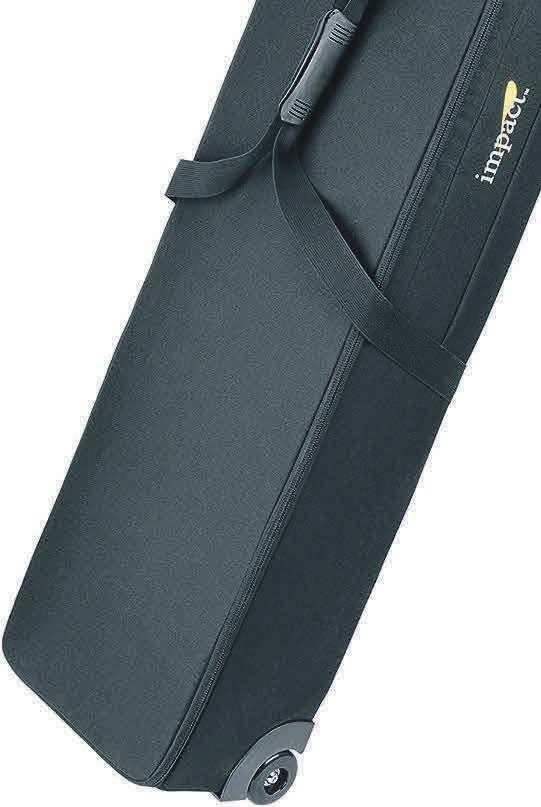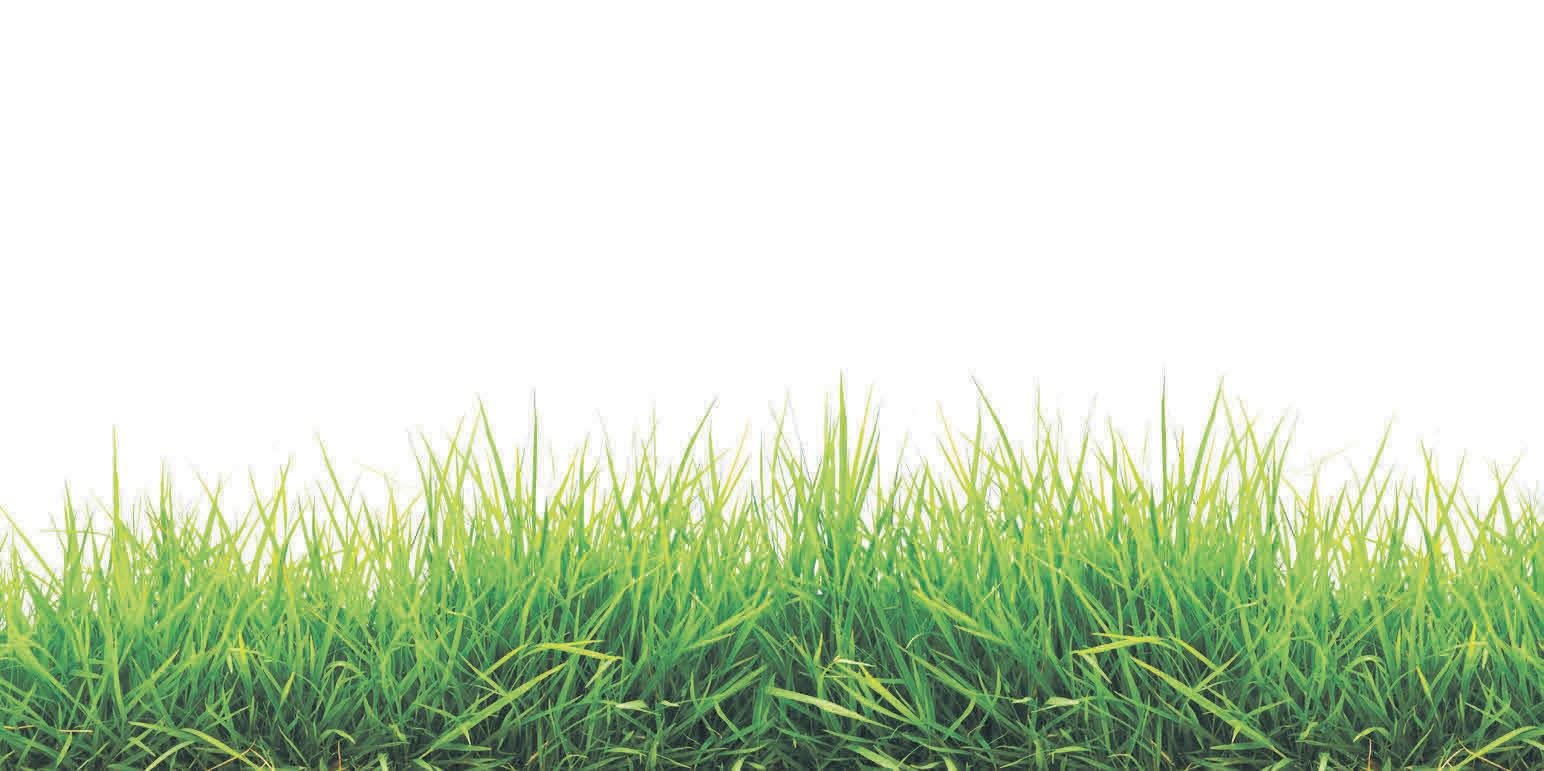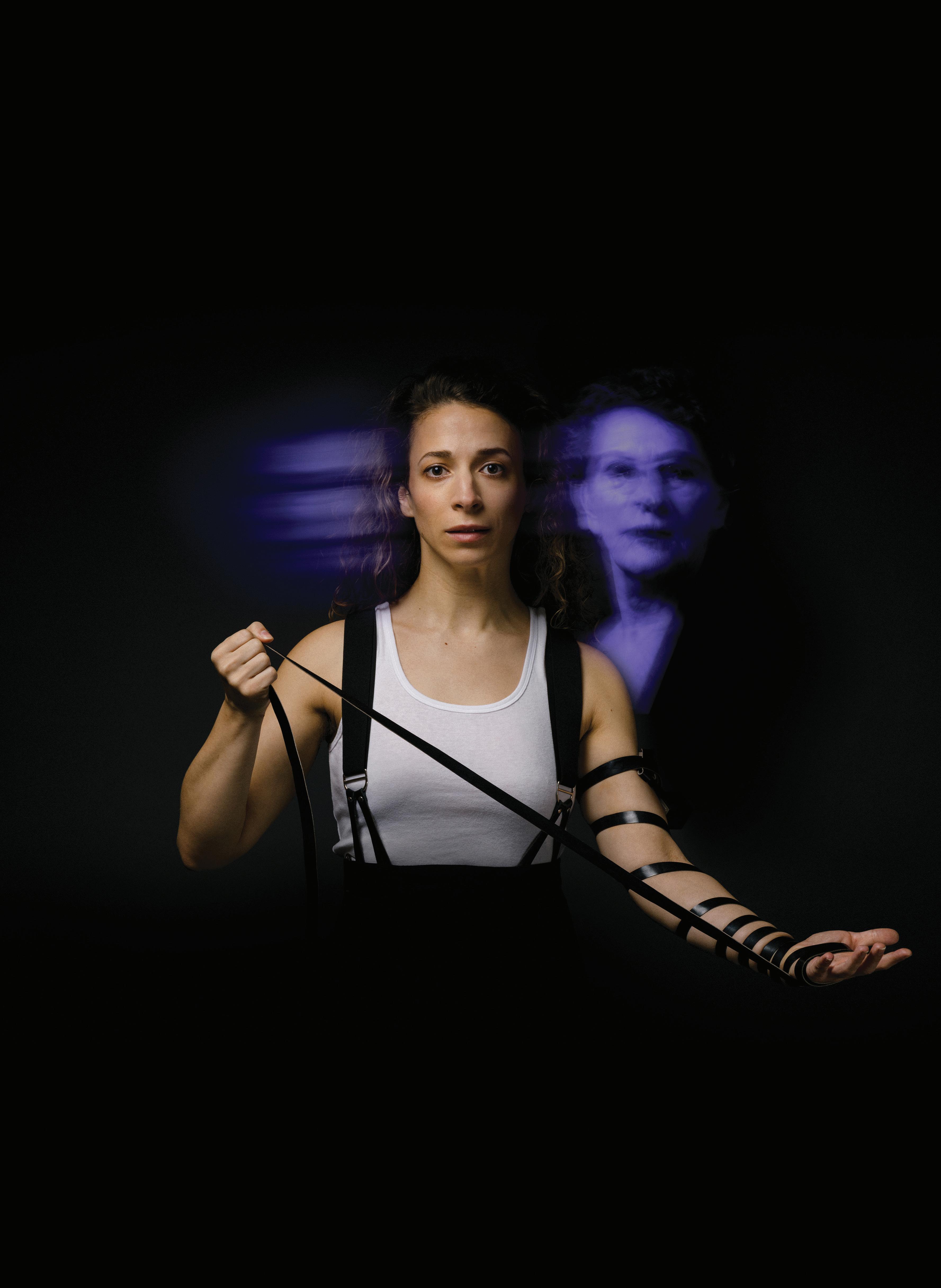Following
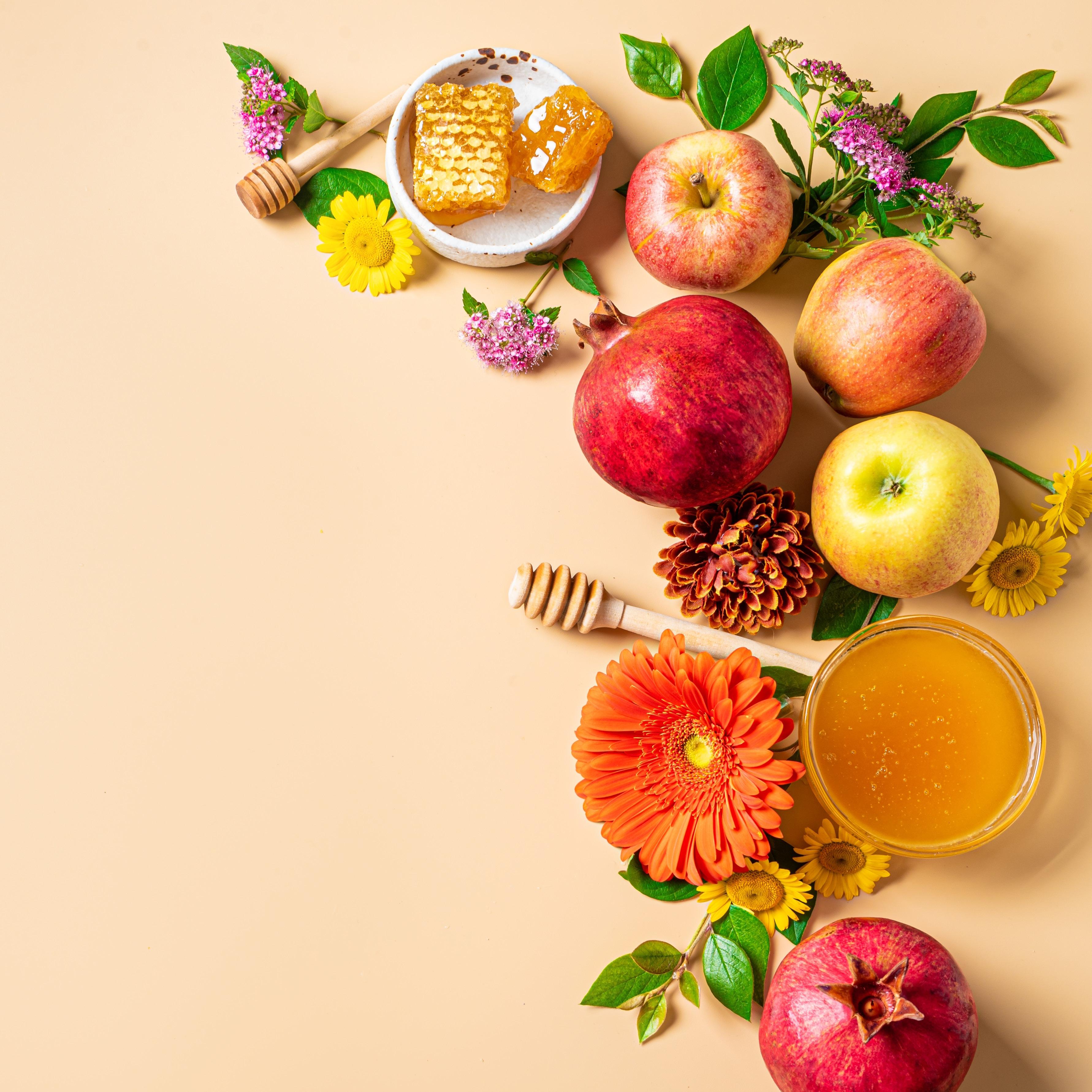
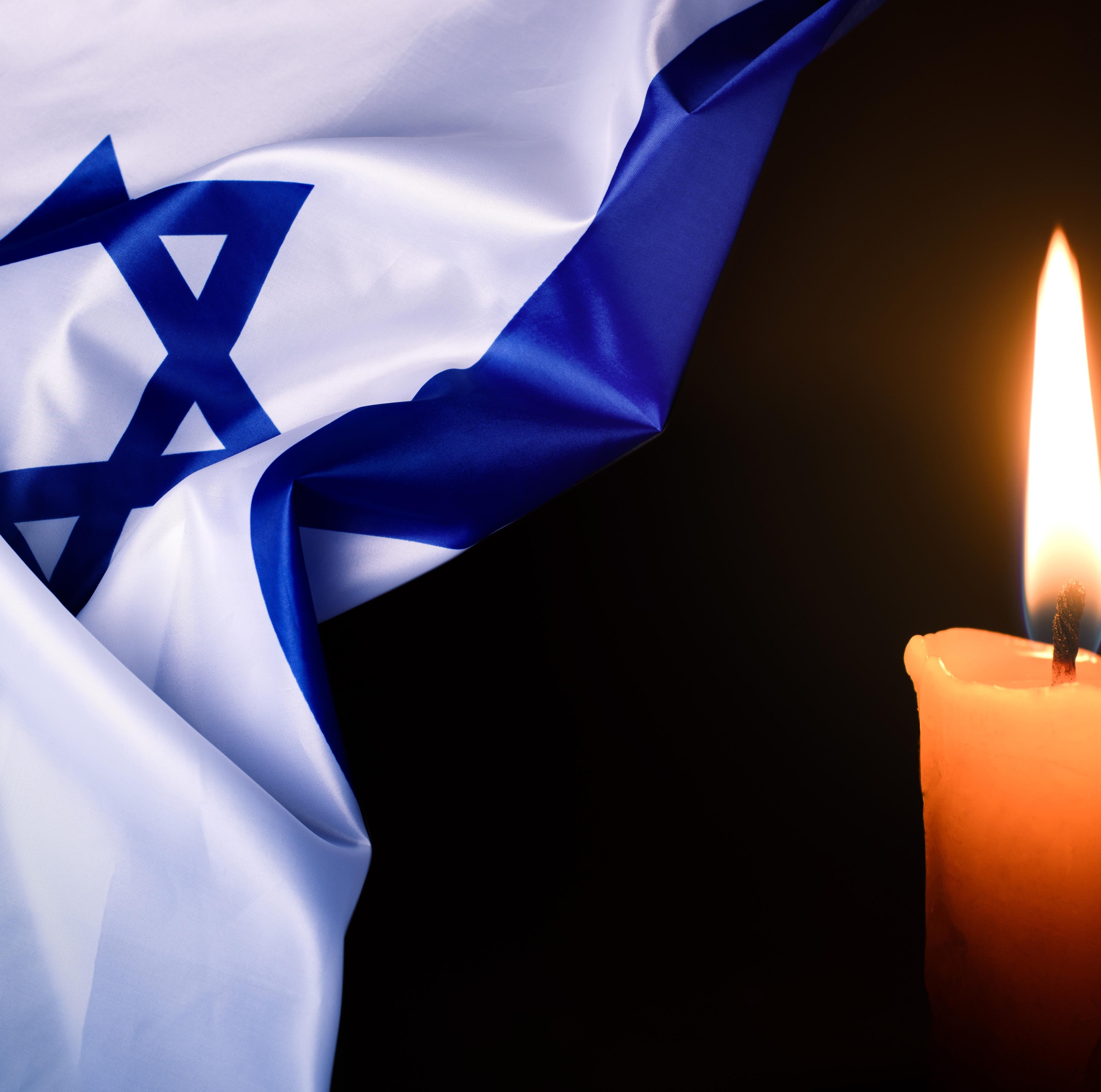

Following


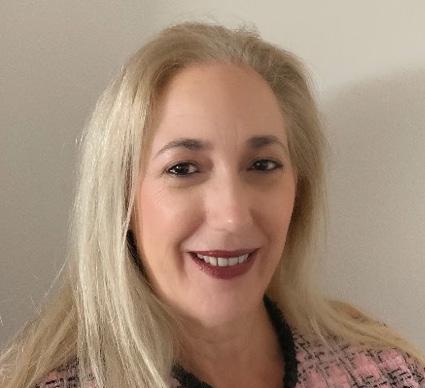
With Yom Kippur just around the corner, it is important to reflect on the concept of atonement and to consider this from a psychological perspective.
Atonement is defined as reparation for a wrong or injury.
During periods of self-reflection, it is important to atone for wrongs we believe we have committed against others. Known as teshuva, this is a process of self-evaluation and accountability, which results in self-improvement.
To take ownership of our actions, we need to recognise when we are behaving in ways that are hurtful. This acknowledgement can be confronting, as we are viewing behaviours that are not pleasant or acceptable.
If our behaviour has adversely impacted others, first up we need to acknowledge that. Depending upon what we did, we may need to make amends with more than a verbal communication. As the saying goes, “actions speak louder than words”. For instance, one of my clients decided to donate to charity.
After someone behaves badly, they can experience shame and guilt. This
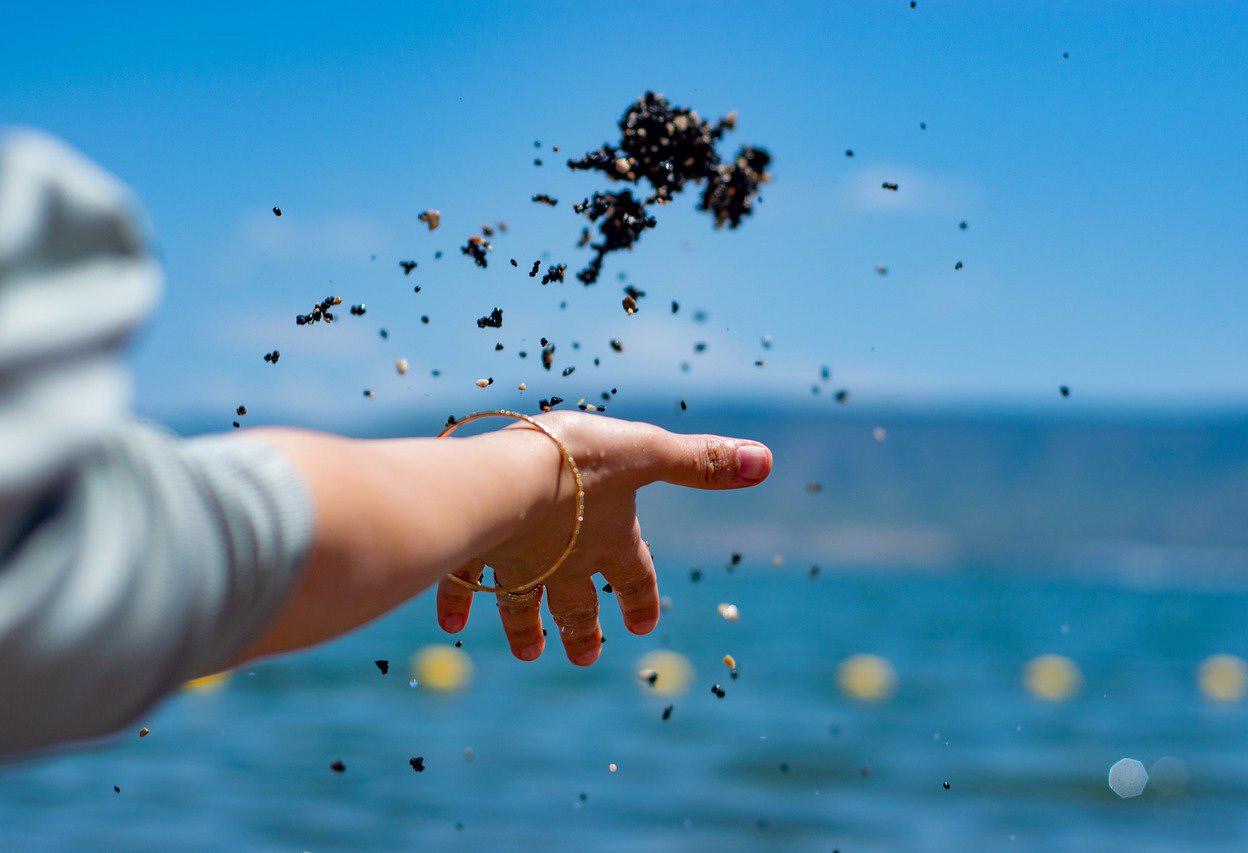
can result in cutting themselves off from others, becoming isolated and not resolving the issue.
We need to be courageous and willing to hear the negative impact our behaviour has had on others or, potentially, to listen to our own inner voice if the behaviour involved is selfsabotage or self-harm.
A conscious decision then needs to be made to not repeat the action. Ask yourself, what would be a more effective way to handle the situation if it ever arose again? Thus, the development of
new behaviours for the same events or triggers.
This enables us to maintain attachment to others and ourselves. Conversely, people who struggle with self-harm or self-sabotage become depersonalised and detached from self and others.
Up to this point we have atoned, become attuned and created attachment. These three concepts are necessary for us to move forward.
Finally, we need to look at the concept of forgiveness. We can spend an inordinate amount of time looking
for a reason for why this bad behaviour happened in the first place. While on occasions it may be clear, often it isn’t. We can behave as if on auto pilot … as a reflex to how we are feeling. I have seen and heard patients yell at reception staff at the medical centre at which I consult. An example is a patient who is angry because they have been waiting a long time to see the doctor. Without thinking through how best to communicate this, they simply “blow up”.
To move towards forgiveness, we also need to find acceptance. Remember, we don’t need to like something in order to accept it. Like and accept are two different concepts. For example, if I was the patient I mentioned above, I may not like that I yelled at someone, but I need to accept that I did it.
We also need to stop over-analysing bad behaviour. Sure, we should reflect on it so we learn to behave differently, but we also need to let it go in order to move ahead.
I leave you with a quote from an unknown author, which has strong relevance to this discussion: “Making amends does not indicate weakness. It’s a willingness to embrace self at its most difficult.” ”
Anne-Marie Elias is a psychologist in clinical practice for 25 years.
12. The Big Bang is this
13. It's better, in a phrase
18. Baldwin of "The Hunt for Red October"
21. Doeg or Avimelech ben Gidon, e.g.
22. 101 instructors, perhaps
23. Alaska's neighbor
24. Rabbi Norman of note
28. Engaged, and then some
30. Xenomorph, notably
31. Health care pro
34. Marlins' locale, briefly
Tekiyah", e.g.
Annual tefillah
Paper fragments 32. Damascus's land: Abbr.
64-Across
"The Parent Trap" actress 38. "He blew the shofar strongly, loudly, with gusto, zeal, and alacrity." e.g.
Like Esmerelda's troupe in "The Hunchback of Notre Dame"
56. Cone's eye partner 58. Milk option 59. "Tekiyahhhhh", e.g., perhaps
Triathletes' rides
Apple dipped in honey, e.g.
Smell
36. Part of a bracha?
37. Famous 15th century boat
39. 14, 22, and 27-Across
40. One time Best Buy competitor
41. Means of communication for Rowling
42. Pact signed April 4, 1949
45. Pop artist Lichtenstein
46. Moderator of Tribal Councils
47. A Friend
48. Device for preparing meat
50. 48-Down emits them
51. Grammy winner Lisa
54. Alter
55. Gross
57. Semiconductor, perhaps
60. "Shalom" lead-in
61. Fiery heap
62. Emmy winner Edelman
65. Company name abbr.
66. Haifa to Arad dir.
67. Gene's director in "The Producers"
IAN SANDLER PRESIDENT NSW & ACT JCA AROUND
As the Jewish New Year approaches, as a community we can reflect on our rich history and enduring legacy, while also looking forward with hope. This is also a time marked by prayers for peace, unity and healing, particularly in a world facing challenges like rising antisemitism, amid the conflict in Israel. Despite these difficulties, the spirit of resilience within our Jewish community remains unwavering and the new year offers an opportunity to reaffirm values of hope, justice and compassion.
As home to one of the largest and most vibrant Jewish communities in Australia, with roots dating back to the early 19th century, our community is diverse, inclusive and representative of many. Over the years, it has established a strong network of synagogues, schools, cultural institutions and organisations that not only provide spiritual and educational support, but also foster a deep sense of belonging and identity.
Our people have historically faced adversity and the Australian and Sydney Jewish community has not been immune to this reality. Despite periods of struggle, the community has grown and thrived, building bridges within Sydney’s multicultural landscape. This resilience and sense of unity become especially
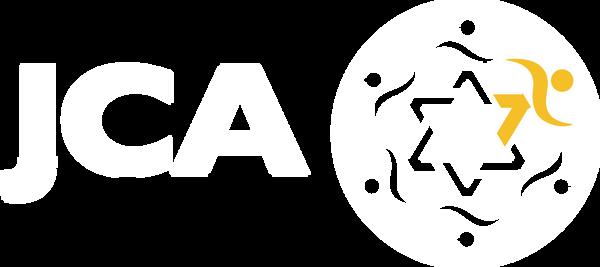
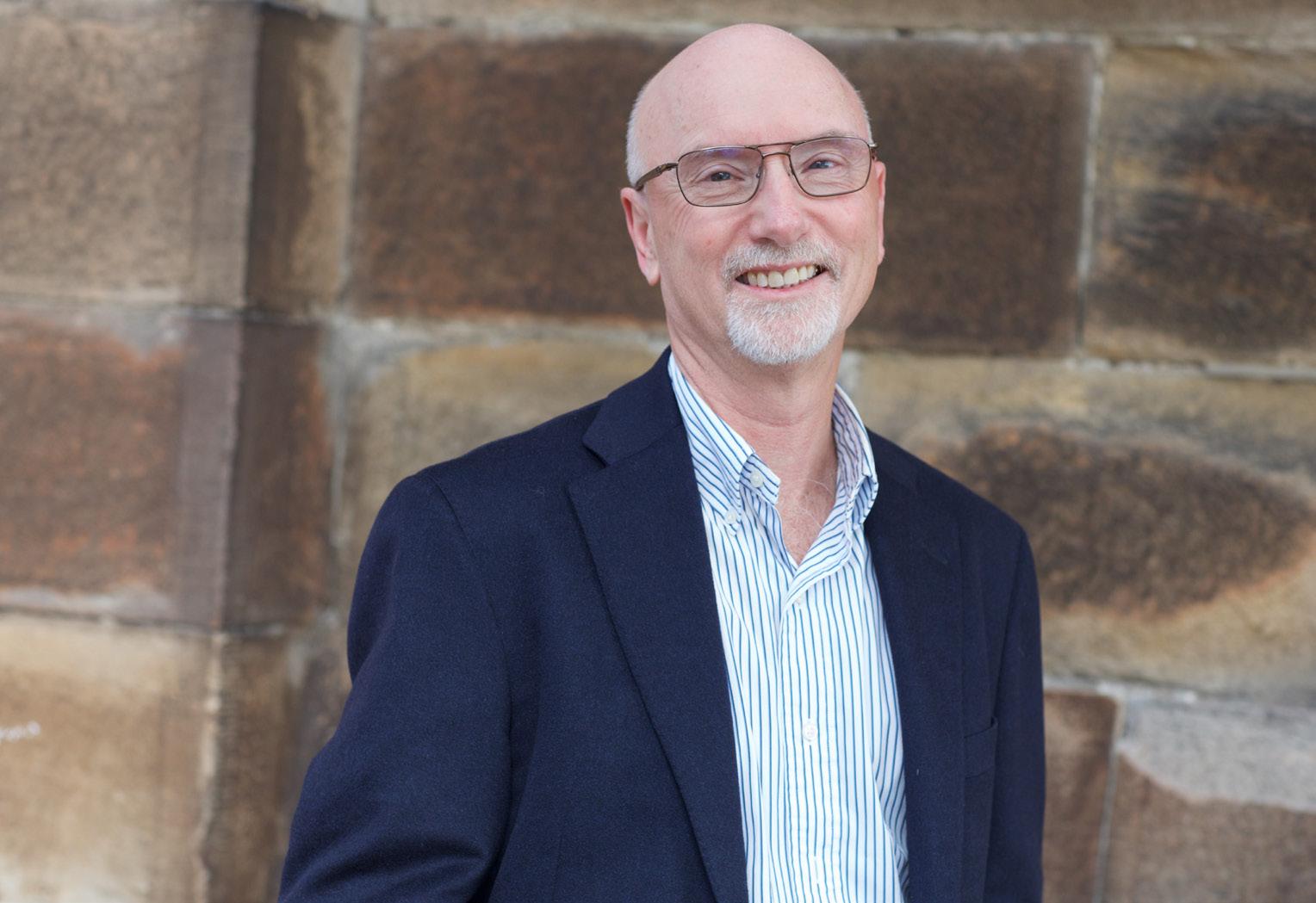
poignant during Rosh Hashanah, a time for renewal, reflection, and hope.
In the past year, antisemitism has been on the rise worldwide. Acts of vandalism, hate speech and online abuse have targeted Jewish individuals and organisations. The community in Sydney has responded with determination and dignity, working alongside allies to raise awareness, educate against hate and promote tolerance.
Leaders within the Jewish community, together with interfaith and governmental bodies, have launched initiatives aimed at countering this rise in bigotry. Programs that educate people about the Holocaust and the historical roots of antisemitism play a vital role in fostering understanding and empathy.
JCA is proud to fund many of these, spearheaded by the organisations we support through donations from
the community. The Jewish New Year reminds us that, even in the face of darkness, there is always a call to shine light into the world. The strength and resilience of the Jewish people stand as a testament to hope, even when confronted by hate.
This year, the new year is a time not only for personal reflection, but also for communal and global prayers. The conflict in Israel continues to weigh heavily upon us all. The hope for peace in Israel is interwoven with prayers for healing and reconciliation, and the return of the hostages.
We stand in solidarity with Israel and with those affected, and pray for a future where peace and security can be achieved.
I take this opportunity to pay tribute to all the people at our local communal organisations that have worked tirelessly over the past year advocating for our community and keeping us safe physically, politically, spiritually and emotionally. Thank you for your service. To the many donors that support JCA, our campaign theme for 2024 – You’ve Never Mattered More – are not just words. At a time when it has never been more important to come together and support each other, unity and strength as a community is what will see us continue to succeed and thrive.
Shanah Tovah Umetukah – Am Yisrael Chai.


RABBI SHRAGA SIMMONS COURTESY: AISH.COM
Dear Jon and Rachel,
It hasn’t yet been a month since the crushing heartbreak of Hersh’s murder.
Day after day, throughout this 11-month nightmare, you shared with us your slow-motion torture – likened to getting hit by a truck, while every minute of every day the truck is still crushing your chest.
You wanted to lie on the floor, curl up in the foetal position and weep hysterically. But you realised that won't help Hersh. So, rather than sink into despair, you chose the path of courage. “Hope is mandatory,” you declared.
Despite the anguish and uncertainty, you mustered superhuman strength to form “Team Hersh”, a public advocacy campaign with professional strategy and staff – its mission to keep Hersh and all the hostages at the forefront of our collective consciousness.
Day by day, in hundreds of media interviews and dozens of trips to the global halls of power, you devoted every moment and every possible resource toward rescuing Hirsch – leaving no stone unturned.
As Hersh himself testified in the recentlyreleased video: “I know you’re doing everything you can, out in the streets trying to bring me home.”
Day by day
Throughout this ordeal, one constant has been the piece of masking tape on your shirts: a new number every day, corresponding to the days of hostage captivity.
An emblem of pain over your hearts: Day 39 at the mass rally in DC; Day 47 meeting with the Pope; Day 67
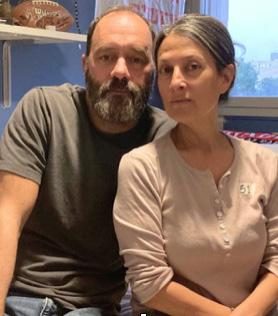
addressing the United Nations; Day 98 on the cover of Time magazine; Day 131 in the Wall Street Journal; Day 184 on Face the Nation; Day 186 at White House

with the President; Day 320 speaking to audience of millions at the Democratic National Convention. On social media, the “Bring Hersh Home” campaign acquired hundreds of thousands of followers. Around the world, Hersh’s photo was posted everywhere: bright red "Bring Hersh Home" stickers on lamp posts, banners hanging from apartment balconies and store windows, graffiti and t-shirts.
In the process, you helped unite the Jewish people and became an international symbol of hope.
Every night before getting a few restless hours of sleep, you could honestly say, “We tried deeply and desperately every single thing possible today to bring Hersh home.”
Moral clarity
Beyond any politics and media hype, you spoke with a universal humanitarian message that advocated for all the hostages: Christians, Jews, Muslims, Hindus and Buddhists, from dozens of countries.
From the steps of the U.S. Capitol, you showed humanity how to fight evil with resilience, projecting a voice of moral clarity: “Why is the world accepting this [hostage situation]?” you shouted. “What will your excuse be?”
Long distance blessings
As observant Jews, your faith and relationship with God was the anchor to guide you through this extraordinary challenge.
You spoke with God throughout the day, showing us how all life is really a dialogue with God.
Amidst constant torment, you refused to succumb to grief and sorrow. Your constant mantra of “Stay strong and survive” enabled you to maintain a degree of mental and emotional stability.
You tapped into the power of Psalms, drawing wellsprings of strength from ancient words where, from a deep, dark cave, King David cries out to God amidst pain and despair.
Your dignity, poise and eloquence penetrated our hearts and gave us an anchor to survive.
You showed the world what it means to be Jewish parents: unconditional love for Hersh that has grown and developed even in his absence.
You displayed fierce maternal identification with Hersh’s plight, eschewing socialising, sweets and music. You consumed one bland meal a day. On Friday evenings, you’d stand on your apartment balcony in Jerusalem, face south toward Gaza and scream out to Hersh the traditional blessing over children. It was a blessing you recently repeated at the gates of Gaza, on what would be Hersh’s last day.
At the funeral, you showed the power of gratitude by publicly thanking God for the privilege of being Hersh’s parents. You wish it could be more, yet grateful for the precious gift you had.
Through your relentless efforts, Hersh became our brother, son and friend. Beneath the surface, all Jews – regardless of age, gender, politics, ancestry, wealth or beliefs – are one interconnected family.
We are a nation in mourning, our hearts shattered into pieces. Your pain is our pain, because the Jewish people are one family. Like a single body, an attack on one Jew is an attack on us all. When one limb hurts, we all feel the pain.
In Jerusalem, thousands of people lined the streets as you went to the funeral
Throughout the shiva, thousands of people waited in line to offer you words of comfort. You greeted everyone with a warm and friendly smile, and a reassuring pat on the shoulder.
As you get up from sitting shiva, we bless you to stay strong and survive. We pledge to never lose focus that what unites us is greater than what divides us. Thank you for the privilege of inviting us to be part of your extended family. The heart of our nation is now linked with yours forever.
May you be comforted among the mourners of Zion and Jerusalem.
As we approach Rosh Hashanah, the memory of October 7 looms large. It was a day of unspeakable terror that left an indelible mark on all Israel and the Jewish people worldwide.
The brutal terrorist attacks shattered families, communities and lives, leaving deep emotional and physical scars. The effects of this horrific day and the ongoing war continue to severely impact both children and adults. \
There are thousands of stories of devastation and heartbreak, yet amongst the darkness, there are glimmers of resilience and hope.
Varda and David Goldstein from Kibbutz Kfar Aza faced unimaginable loss, yet their response represents the strength of Israel.
Varda and David lost their son, Nadav, and their granddaughter, Yam, on October 7. Nadav’s wife and three of their children were taken hostage to Gaza and held captive for more than 50 days, before their eventual release.
Varda recently shared a story with the JNF Australia mission to Israel – a message of hope.
In the blackened ruins of their home, Varda discovered their JNF Blue Box, one side burnt, while on the other the flag of Israel remained untouched. To the family it has become a symbol of not just their enduring connection to the land
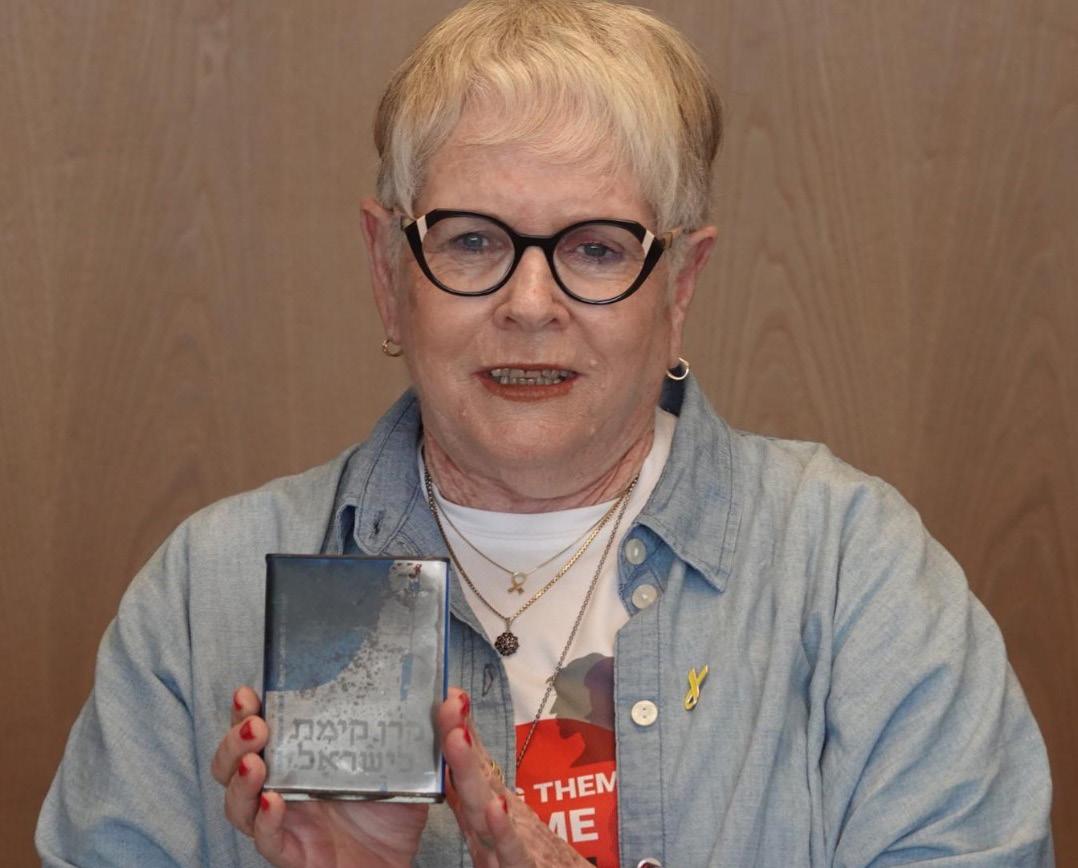
of Israel, but of their belief in the future. Varda and David’s experience echoes the broader impact of the attack on countless families. Since that day, there has been a 400 per cent increase in the number of people seeking trauma treatment.
The events of October 7 have had an even greater impact on children, with

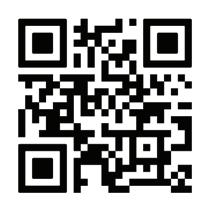
many facing developmental delays and other mental health challenges due to the overwhelming stress they have endured.
Families are struggling to rebuild their lives and while the wounds are deep, they are not insurmountable. With the right support, we can help these individuals find healing and hope.
One of JNF’s key initiatives in this effort is the ImagineBox, a fully immersive, interactive learning space designed to help children cope with their trauma. Through a combination of mindfulness practices and interactive exercises, ImagineBox provides a safe, nurturing environment, where children can explore their emotions and begin the healing process.
By focusing on creativity and therapeutic tools, ImagineBox helps trauma survivors –especially children –find their voices and build resilience.
This Rosh Hashanah, as we reflect on the challenges faced by our brothers and sisters in Israel, JNF invites you to support its Blue Box Campaign. Your donations will directly fund the ImagineBox and other initiatives that provide muchneeded relief to the families of Israel’s South.
Together, we can rebuild what has been broken, not just physically but emotionally, ensuring that those who have suffered so much have a chance to heal and thrive.
Your contribution can make all the difference and you can be a part of this mission of hope and healing. As we enter the new year, let us carry with us the belief that through solidarity and action, we can have an impact. May the year ahead bring peace to all Israel.
To donate, go to https://jnf.org.au/ bbrh24/
In memory of t he v ic t ims of Oc t ober 7 and those w ho los t t heir lives f ighting for E retz Y i srael




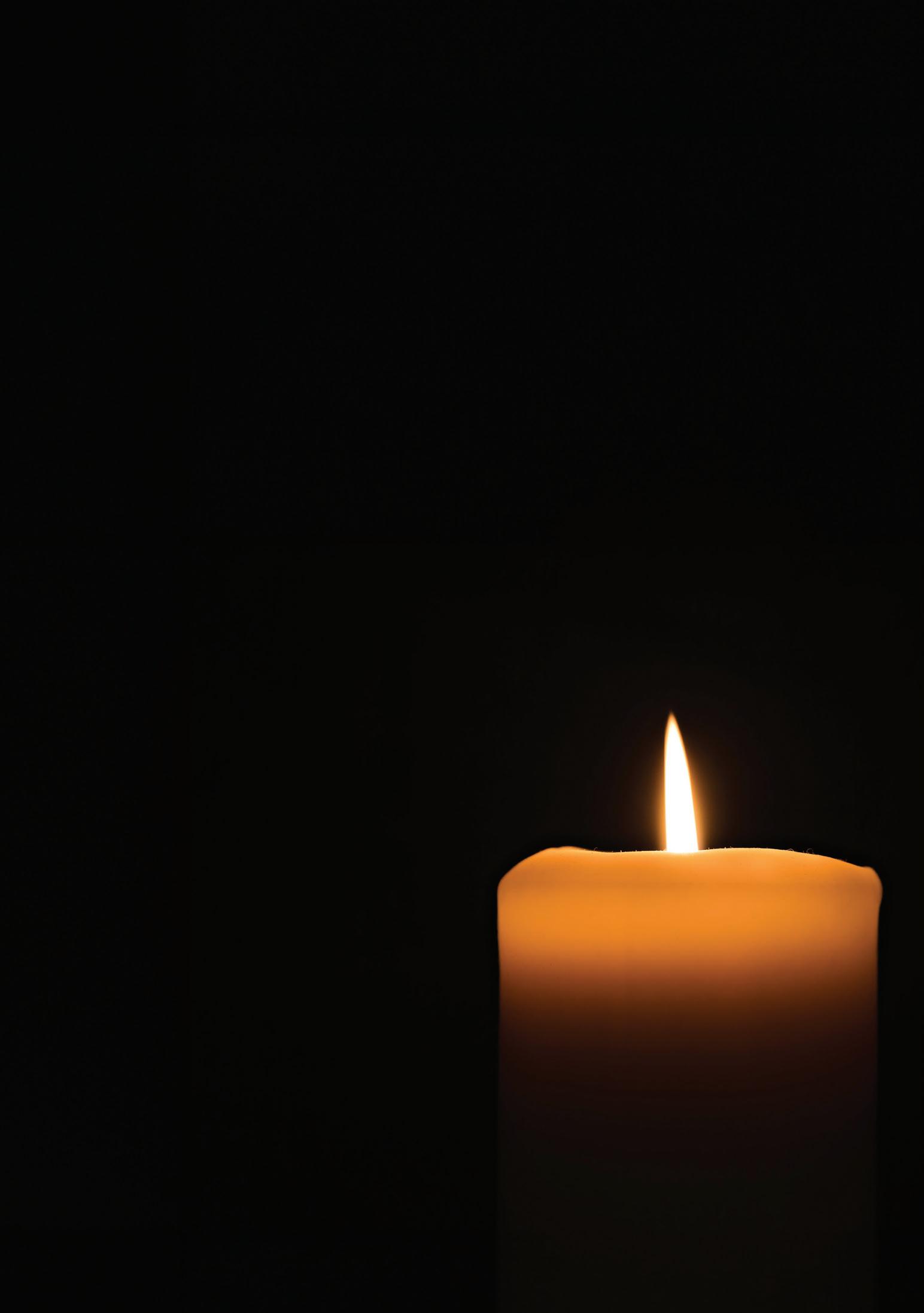
YONI DILLER
Israel’s recent exploding pagers operation against Hezbollah was a dramatic and daring move that grabbed attention across the Middle East. In a highly coordinated attack, thousands of pagers used by Hezbollah fighters in Lebanon and Syria were destroyed in an instant. This wasn’t just a military strike – it was a statement. Israel showed that it could disrupt Hezbollah’s communication networks and damage its ability to operate effectively.
But what happens next? The operation was a bold step, but it leaves Israel, Hezbollah and the region on edge. Will this stop Hezbollah and Iran, or will it lead to a bigger, more dangerous conflict?
A tactical masterpiece
The exploding pagers strike was a stunning example of Israeli intelligence and technological capabilities. It wasn’t just about blowing up some devices; it was about sending a clear message to Hezbollah and its backer, Iran, that Israel can infiltrate their systems. Hezbollah’s communication network was crippled and it’s likely their operations were thrown into chaos.
This move was reportedly intended to be the opening act of a larger military campaign. Israel has been facing increased aggression from Hezbollah, which has launched rockets and drones at northern Israel for almost a year. The goal of this operation was to weaken Hezbollah enough to prevent further attacks and allow the thousands of Israelis who have fled the north to return home.
But even after this successful operation, Israel has chosen not to follow up with a full-scale ground invasion – at least not yet. This decision has left many wondering about the next steps and what opportunities and risks now lie ahead.
What Israel hopes to achieve
The exploding pagers operation provides Israel with several strategic opportunities.
• Reestablishing Deterrence: Over the past year, Hezbollah has grown bolder, pushing the limits of what it can get away with. Israel’s action is a clear warning: We can strike at any time, anywhere. By crippling Hezbollah’s communications network, Israel has shown that it can get deep inside its enemy’s systems and cause serious damage. This could force Hezbollah to think twice before launching another attack, knowing that Israel can hit back harder.
• Strengthening Regional Alliances: Hezbollah isn’t just a problem for Israel. Iran, which backs Hezbollah, is seen as a growing threat by other countries in the region, particularly Saudi Arabia and the Gulf states. These nations, which have been quietly improving ties with Israel, could view this operation as a sign that Israel is a reliable partner against Iranian aggression. This could lead to stronger alliances in the region, with Israel playing a key role in countering Iran’s influence.
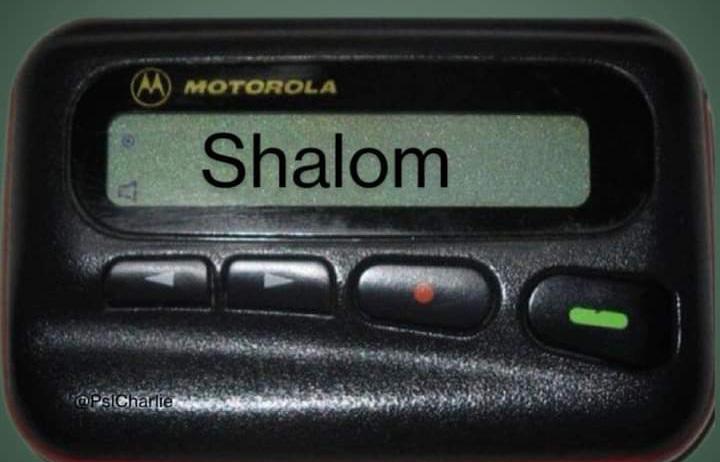
• Negotiation Power: Israel is currently facing threats from multiple fronts: Gaza, the West Bank, Lebanon and, even, Iran itself. The exploding pagers attack gives Israel leverage in negotiations for peace or ceasefire deals. If Hezbollah knows that Israel can strike without warning, it may push them to the negotiating table to avoid further losses.
The risks of escalation
While the operation was a major success in terms of strategy and execution, it also comes with significant risks.
• Hezbollah’s Likely Response: Hezbollah is not known for backing down. In fact, the group has already vowed retaliation. Over the past year, Hezbollah has steadily increased its attacks on Israel, launching rockets, drones and, even, attempting assassinations of Israeli leaders. The exploding pagers strike may provoke Hezbollah into stepping up its attacks, possibly leading to missile strikes on northern Israeli cities or even deeper into Israeli territory. This could escalate the conflict quickly and dangerously.
• Iran’s Role: Hezbollah is heavily backed by Iran, which provides it with funding, weapons and strategic guidance. Iran sees Hezbollah as a key part of its influence in the Middle East. If Iran feels that Hezbollah has been seriously weakened by the attack, it could respond by increasing its own involvement. This might mean more support for Hezbollah or, even, direct Iranian action in the region. Tehran could escalate tensions in Syria, Iraq and Yemen, where it has other allied militias. A broader regional conflict involving Iran would greatly increase the stakes for Israel and could drag other nations into the fight.
• Full-Scale War: The biggest risk is that this situation could spiral into a full-scale war between Israel and Hezbollah, possibly drawing in Iran and other regional players. Israel is already managing conflicts in Gaza and the West Bank, and a war with Hezbollah – one of the most powerful and wellequipped terrorist organisations in the world – would be far more intense. Israel’s military could be stretched thin and the conflict could last for months, if not longer. Such a war would not only be devastating for Israel, but could destabilise Lebanon, Syria, and possibly, even, Iraq.
The uncertainty ahead
Israel now finds itself at a critical decision point. Should it take advantage of Hezbollah’s current state of confusion and launch a ground invasion to further weaken the group? Or should it hold back, hoping that the attack has sent a strong enough message to prevent further escalation?
The Middle East is a region where every move can have far-reaching and unpredictable consequences. If Israel decides to press forward with military action, it could spark a wider conflict involving Iran and its allied militias across the region. On the other hand, if Israel doesn’t act, Hezbollah might see it as a sign of weakness and continue its attacks on northern Israel.
The role of Iran
Iran plays a central role in this conflict. As Hezbollah’s main backer, Iran’s reaction to the exploding pagers operation will be critical in determining what happens next. Iran has long used Hezbollah as a proxy force to push its interests in the region and a weakened Hezbollah could threaten Iran’s strategy. If Iran feels its influence is being undermined, it could escalate the
situation by providing Hezbollah with more advanced weapons, or by encouraging its other militias in Iraq, Yemen and Syria to step up their attacks on Israeli or Western interests.
At the same time, Israel must be careful not to provoke Iran too much. A direct conflict with Iran would be a far more dangerous and complicated affair, potentially dragging the entire region into chaos.
The exploding pagers operation was a tactical victory for Israel, but the future remains uncertain. Hezbollah and Iran are likely plotting their next moves, and Israel must now decide how to respond. A fullscale war would be costly and risky, but doing nothing could allow Hezbollah to regroup and become an even greater threat in the future.
The choices Israel makes in the coming weeks will have profound consequences not only for its own security, but for the entire Middle East. The region is watching closely and the decisions made now could reshape the balance of power for years to come.
Israel’s bold move has opened up opportunities to strengthen its deterrence, build alliances and gain leverage in negotiations, but it also comes with the risk of escalation into a broader conflict that could engulf the region. The exploding pagers operation is just the beginning and the Middle East is on edge, waiting to see what happens next.
Yoni Diller is an Israeli terror attack survivor and advocate who focuses on Jewish resilience, fighting antisemitism, Israeli affairs and geopolitics. He has a degree in political science and extensive experience in leadership, activism and public speaking.
Each year, before bringing in the new Jewish year, the Sydney Jewish Museum hosts a large commemorative event, in which names from its Children’s Memorial and Sanctum of Remembrance are acknowledged and remembered. This year, more than 150 members of our community came to commemorate and remember those names and lives affected by the Holocaust.
In fact, my family members who have passed have plaques in the Sanctum, acknowledging their names, dates of birth and death, and the lives they were able to live before World War II changed everything for them.
Recently, I travelled to Europe to retrace the history of my family. I went to Ujpest in Hungary and to Auschwitz Concentration Camp in Poland. I had imagined being able to access my family’s old apartment and shop. The premises still exists and I tried to visit, but I had no luck and was quite disheartened.
My father’s family lived in Hungary from the 19th century. My grandfather was a prominent member of the community in Ujpest and was president of the Ujpest Jewellers Association.
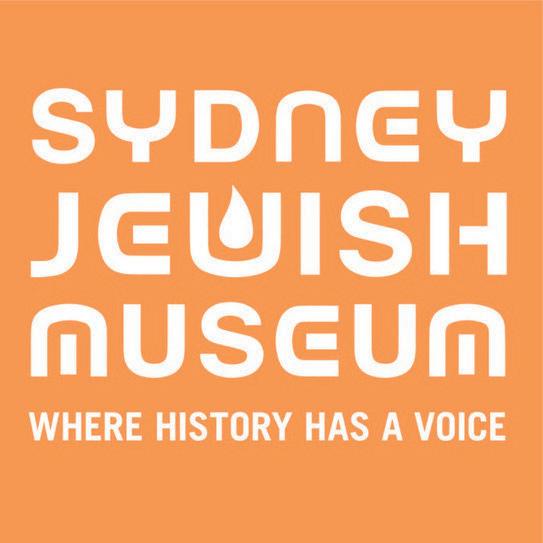
Nonetheless, a large proportion of my family were taken to Auschwitz in April 1944. In the time I spent in Ujpest and at Auschwitz, I was only able to farewell my family; there were no real traces of them left, just the knowledge that they walked through these places.
As I returned to Australia, and came back to the Sydney Jewish Museum, I was reminded that these plaques in the Sanctum are my family’s home and their final resting place; and that was a powerful realisation.
It is incredibly meaningful to be able to come together with other members of the community who also have family members they’ve pledged to memorialise forever. To remember our family members, both personally and collectively, is important for passing on their memories and lessons to the generations to follow.
If you would like more information on how to honour a family member in the Sydney Jewish Museum’s Children’s Memorial or Sanctum of Remembrance, please contact me or Hanit Gershberg on (02) 8036 0115 or email plaques@sjm.com.au
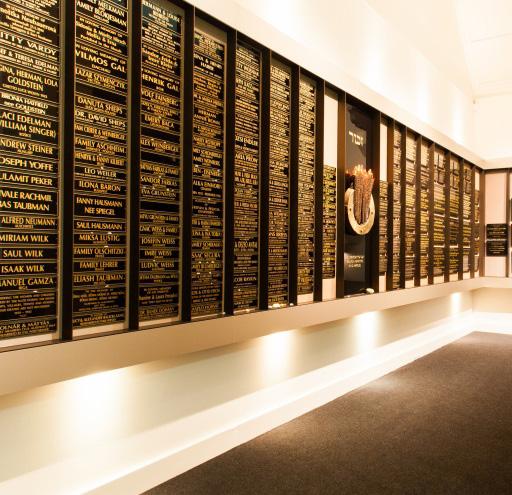
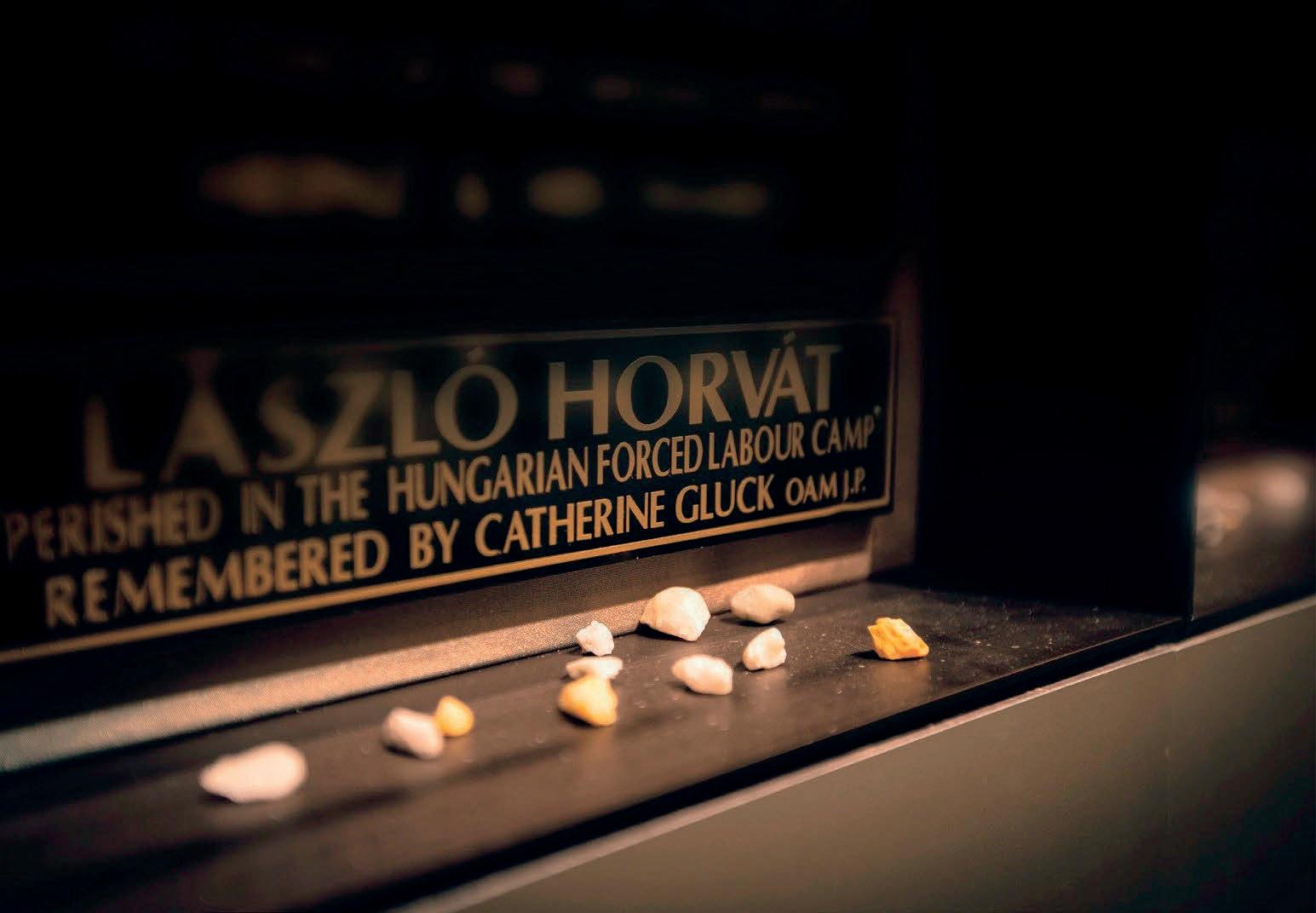
I t h a s n e v e r b e e n
m o r e i m p o r t a n t t o h o n o u r t h e m e m o r i e s
o f H o l o c a u s t v i c t i m s
a n d s u r v i v o r s .
Honouring a loved one with a plaque in the Sanctum of Remembrance ensures their memory lives on forever and inspires respect, inclusion and tolerance in Australian society.


To visit the Sanctum or for details on dedicating a plaque, contact Hanit or Rita on plaques@sjm com au or 02 8036 0115
This exhibition of Santos’ works is a powerful memorial to all the lives lost It’s a space of quiet reflection, contemplation and hope that one day there will be peace
More information and tickets at sydneyjewishmuseum.com.au
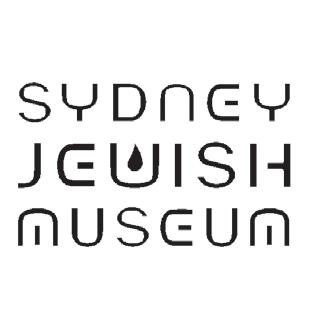
NOMI KALTMANN COURTESY: TABLET MAGAZINE
Since October 7, the country’s small Jewish community has faced growing prejudice.
In November 2023, just weeks after the Hamas attacks of October 7, New Zealand’s Holocaust Centre in Wellington issued a report focusing on Jewish children aged 9 to 18 that revealed that 50 per cent of responding parents reported their children had faced antisemitism in their school since October 7.
“Pre-October 7, we received one or two complaints a year,” said Deborah Hart, the Centre’s board chair, who commissioned the report. “After [October 7], the steep rise in complaints we were getting was incredibly concerning and we wanted to know how big this problem was.”
In a follow-up report, compiled in July 2024, by the same organisation, that number was even higher: A staggering 80 per cent of respondents said their children had suffered antisemitic episodes in their schools.
These reports, each of which have more than 30 respondents, have not been made public to protect the location and identity of children, who are often the only Jewish people in their local area, but the data can be backed up with New Zealand police statistics.
New Zealand’s Holocaust Centre found that antisemitism was not limited to one place or demographic in the country. “We have police crime statistics, so we know that there was a 530 per cent increase in the targeting of Jews between 20222023,” said Hart. “In New Zealand, Jews are just 0.2 per cent of the population. Unfortunately, Jewish New Zealanders are 160 times more likely to be the victim of a hate crime than Mori New Zealanders, who are also targeted.”
When asked what these antisemitic incidents may look like, Hart was frank: “It looks like graffiti and abuse online. In schools, it’s everything ranging from namecalling to physical abuse. And some of it is particularly nasty, like a child who went swimming and when he came back to put on his shirt, it was covered in swastikas. Or a report of a child locked in a room with kids outside screaming ‘Free Palestine’, and when he came out, they tried to assault him with a broom handle.”
In response to this worrying increase in antisemitism, Hart would like to see an antisemitism envoy appointed in New Zealand, mirroring efforts in countries like Australia and the United States, and for the Holocaust to be part of New Zealand’s mandatory education curriculum.
This hasn’t happened so far, but some initial funding has been provided by the New Zealand government to support an education package put together by the Holocaust Centre to be sent out to teachers and schools across New Zealand to combat antisemitism. “We are developing the education package, so it’s pedagogically sound and easy for teachers to use,” said Hart.
Since October 7, Kadimah college in Auckland – New Zealand’s only Jewish school, which has classes from kindergarten to Year 8 – has been on high alert from extremism from right- and left-wing groups.
“It’s a bit upsetting,” said Darya Bing, the chair of the school board of trustees. “When you speak to people about it, they are really shocked. Most New Zealanders are very kind and very lovely people who are not at all aware of the outcomes to the Jewish community. Your common reaction
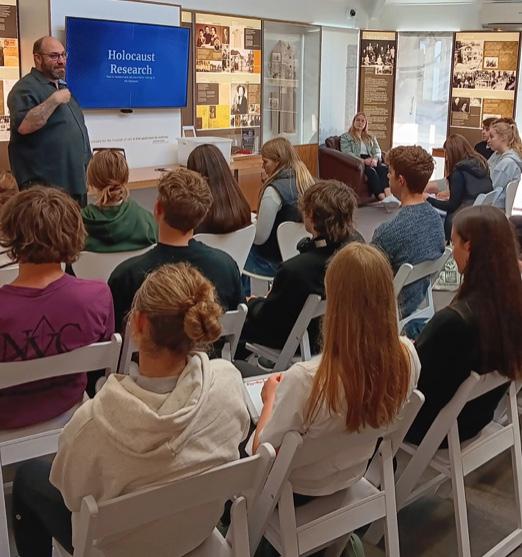
will be: ‘What? What do you mean they have security guards outside your school?’”
This past year saw a boom in enrolment at Kadimah. The school, which also welcomes non-Jews and has a total of 150 students, usually has a mix of 50 per cent Jewish and 50 per cent non-Jewish students. Today the ratio is closer to 70 per cent Jewish. It has a special status in New Zealand as an integrated school, one that is partly funded by the government and has a special charter to teach Jewish studies and Hebrew alongside the regular New Zealand curriculum.
“The school is growing rapidly,” said Bing. While she partly attributed the increase in enrolments to families fleeing rising antisemitism in New Zealand’s schools, she also attributes it to a rise in many professional immigrants moving to New Zealand and their desire to fit into a community that aligns with their values. “In the initial decision to bring their kids to Kadimah, [some families might think], oh, okay, I’m going to New Zealand and might as well go to a Jewish school and mitigate [the chance of antisemitism] before it starts,” she said.
Students are not the only ones affected by rising antisemitism.
In Christchurch, members of the Jewish community have been shaken by an antisemitic attack against Canterbury Synagogue. In an attack captured on CCTV, the synagogue had its windows smashed. Shary Baker, the synagogue’s vice president, feels that she is misunderstood as a Jewish person in New Zealand. “There is little to no education in schools here about minorities such as Jews,” she said. “Most [New Zealanders] aren’t taught about the Holocaust. Many non-Jewish students’ first experience of
what Jewishness is or what a Jew is will be in the context of this current war. There is an issue that we are a minority here, but we are not viewed like a minority.”
It’s a refrain common to many Jewish people working and living across the community.
When New Zealand’s Settlement Centre, a charity that offers free information and services to migrants, was set to reopen in July 2024 after a lengthy renovation, it was meant to be a festive occasion. However, the celebration, in the city of Hamilton, was abruptly cancelled when Palestine Waikato, a pro-Palestinian group, threatened to protest at the event.
The controversy stemmed from the inclusion of an artwork by a New ZealandIsraeli artist. The artwork – which featured pomegranates and doves, but no explicit religious or political imagery – was part of a broader collection created by migrants to decorate the newly renovated centre. However, Palestine Waikato charged that the artwork “does not represent culture or heritage, but symbolises stolen Palestinian land, biodiversity, symbols, futures and lives.”
Hamilton, with roughly half a million people, including 90 Jews, according to New Zealand’s 2018 census, became an unexpected flashpoint in a country that has a Jewish population of approximately 10,000 among a broader population of five million.
“Most of us recognise this [incident at the Settlement Centre] as pure antisemitism,” said Juliet Moses, president of New Zealand’s Jewish Council. Since October 7, Moses, who works as a lawyer and volunteers in her community role, has found her days increasingly busy, as she responds to a massive increase in antisemitic
incidents in New Zealand that has made the country’s tiny Jewish community feel uneasy. “What we are experiencing is a large increase in antisemitism that manifests in various ways,” she said, “and people don’t care about it in the same way you would expect them to for other minorities.”
Historically, New Zealand’s relationship with Israel has been mixed. While the country maintains formal ties with Israel, and is part of the Five Eyes Agreement –an alliance between five countries that also includes the United States, the United Kingdom, Australia and Canada – New Zealand has traditionally behaved toward Israel in a way that is out of step with these other countries. That includes abstaining or voting in favour of resolutions against Israel at the United Nations. In 2016, New Zealand was even one of four sponsoring countries that supported United Nations Security Council Resolution 2334, which called Israel’s settlement activity a flagrant violation of international law with no legal validity.
In the aftermath of October 7, the New Zealand government declared Hamas a terrorist organisation, but as the war has continued, the government has become more critical of Israel. “After October 7 they started off pretty strong that Israel has a right to defend itself, condemning Hamas,” said Moses, “but over time, as with most governments, they have begun to call for an immediate cease-fire, while increasing amounts of pressure on Israel and little pressure on Hamas.”
Paul Morris, a Jewish university professor at Victoria University of Wellington/ Te Herenga Waka, has seen firsthand student protests against Israel. “I think New Zealand’s Jewish community, both on campus and beyond, are disturbed by heightened security and have experienced a kind of break with other communities,” he said. “In many ways the community has been very deeply shaken by the broad and partisan support for Palestine and the lack of sympathy” [for Jewish victims].
When asked whether he would leave the country to settle somewhere else, Morris said that he felt “he was too old and settled” in New Zealand, but retains ongoing concern for the viability of the country’s Jewish community. “The future of the community has been an issue for 30 years. It’s not growing,” he said, listing high Aliyah rates relative to the population size, and migration from New Zealand to Australia, which has favourable immigration policies for New Zealanders, as reasons for the community’s relative decline.
There are glimmers of hope and support during this troubling time for New Zealand’s tiny Jewish community. Michelle Jacobson, an Australian who now lives in Wellington with her husband and children, recently experienced some support. Driving along a street in her neighbourhood, she came across some antisemitic stickers at a bus stop. “I was with my husband, who is not Jewish. We pulled over and scraped one off,” she told me. “When we were driving back, we saw some ladies trying to get one off as well. It made me feel like we weren’t so alone.”
This story originally appeared in Tablet Magazine (https://www.tabletmag.com) and is reprinted with permission.
As Rosh Hashanah marks the start of a new year filled with hopes for sweetness and happiness, COA is embracing this message by delivering joy directly to the doors of seniors in the Sydney Jewish community. Through its Kosher Meals on Wheels program, COA is not only providing nutritious meals, but also offering comfort and connection during this meaningful time.
A core focus of COA’s initiatives this year is ensuring that no isolated or needy senior feels forgotten, especially during the High Holy Days. In addition to regular meal deliveries, COA is preparing 100 hardship parcels, filled with groceries and holiday essentials, for seniors facing financial difficulties. With thanks to All In Circle, these parcels include kneidlach mix, stock, honey cookies, grape juice and other festive staples to help vulnerable seniors celebrate Rosh Hashanah with traditional flavours.
“Our meal delivery programs are about providing more than food; we deliver care and a sense of belonging,” said Kosher Meals on Wheels coordinator Sylvia Franklin. “With the support of dedicated volunteers and the community, we ensure that our community’s vulnerable seniors are wellfed and cared for, even more so during this special time”.
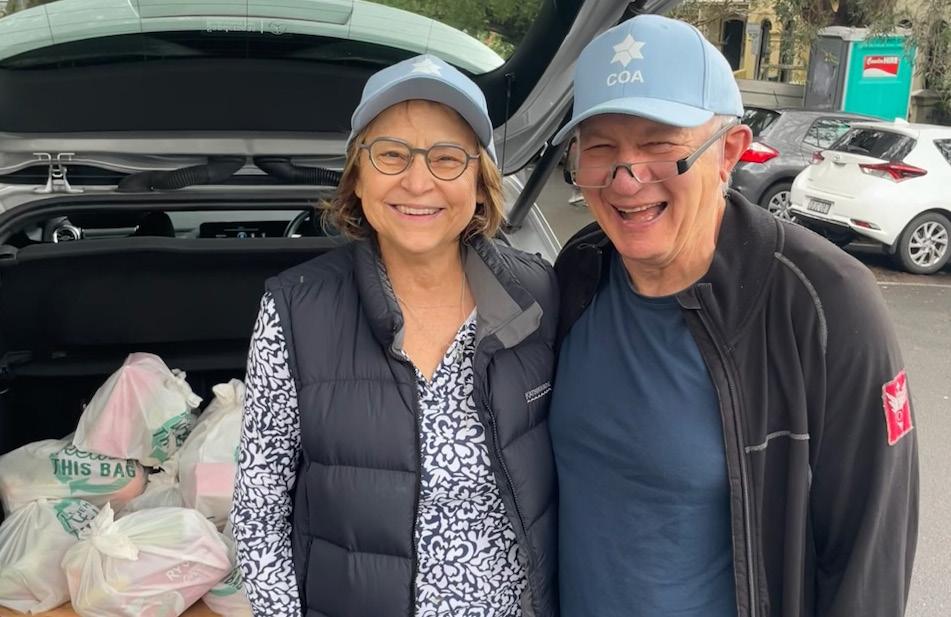
One standout volunteer, Eve Fridman, has gone above and beyond by baking 300 honey cupcakes to be distributed to each of the Jewish seniors living in nonJewish nursing homes. Parcels with cake and other festival goodies are sent to every Jewish resident, in collaboration with Jewish House. This ensures that Jewish seniors, even in environments where they may feel isolated, can enjoy a sweet taste of Rosh Hashanah and feel connected to the Jewish community. “One of our mantras at COA is that the little things are really the big things.
These seemingly small gestures make a real difference to the lives of seniors who may feel alone during the chagim," said COA general manager Robbie Clifford. With the New Year comes fresh initiatives from COA. The monthly popup café is a new highlight. Seniors and volunteers are offered a cozy spot to enjoy free barista coffee and cakes, thanks to volunteer Justin Moddel. COA is also launching a rummy tile/ card tournament for seniors to enjoy mental stimulation and build friendships
At the Krygier Centre, there is a vertical
garden, providing a serene space for relaxation and fresh herbs. “We recreated this garden to connect people with nature and promote healthy living,” Clifford said. The success of COA's musical events continues, with sellouts like the Leonard Cohen supper club and Moonglow paving the way for more exciting live shows.
COA has also launched a new online group on Facebook called Jewish Sydney Seniors. This platform will be the go-to place for seniors to find out about all the community’s events tailored to them. Seniors can ask questions, find resources and chat with others in a safe and supportive space. It is a valuable tool for those who may feel isolated or want trusted recommendations. Anyone aged over 60 or their carers/children are encouraged to join at www.facebook. com/groups/jewishsydneyseniors
As COA enters the Jewish New Year, the organisation remains deeply committed to enhancing the lives of seniors. With the help of its selfless volunteers, COA is delivering not just meals, but care, companionship and the sweetness of Rosh Hashanah to our community.
For more information or to get involved, visit www.coasydney.org, phone (02) 8367-5051, email coa@coasydney.org or go to facebook.com/coasydney
The COA Krygier Centre is located at 25 Rowe Street, Woollahra.
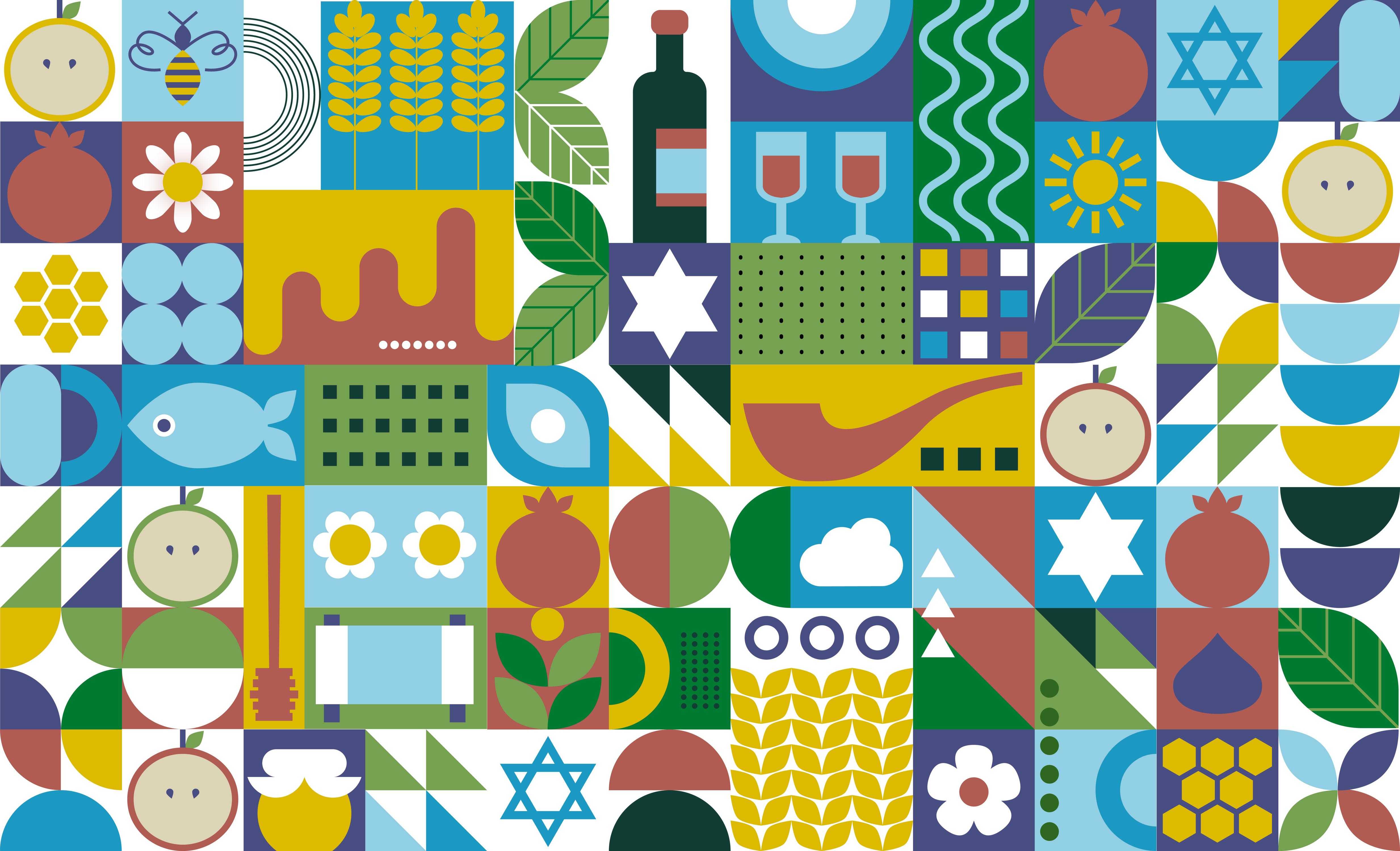
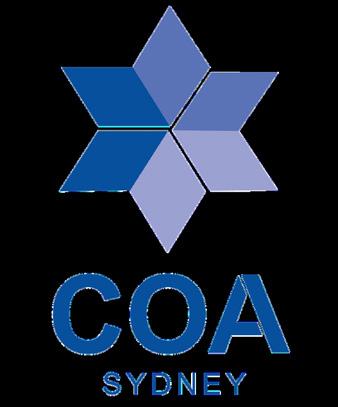
JDC (The Joint) has always risen to meet crises. The aftermath of the October 7 Hamas attack on the Nova Music Festival in southern Israel is no exception. On that day, an event intended for joy and celebration at Kibbutz Re'im became a scene of utter terror. Of the 4,000 young people attending, 364 were killed and dozens remain captive. While more than 3,800 managed to escape, the trauma of that day is something they will carry forever.
In response, the Israeli government called upon The Joint to spearhead recovery efforts for the Nova survivors. With a deep history of providing critical aid in times of need, The Joint partnered with the Ministry of Welfare and the National Insurance Institute to offer immediate and long-term support to survivors. Together, they’ve developed 13 unique therapeutic responses, ranging from psychological care to assistance with employment and education.
At the heart of The Joint’s response is a centre for survivors, where they can find community, participate in workshops and receive trauma care, including art and music therapy. These efforts provide a safe space for survivors to process their experiences. Many currently gather

weekly in Tel Aviv’s Menachem Begin Park to partake in these supportive sessions.
In addition to emotional support, The Joint is focused on the survivors’ practical
needs. With most attendees being in their 20s and 30s, this is a critical time in their educational and professional development. Having lost friends and family in the attack, many survivors are
struggling to return to work or continue with their studies. The Joint’s traumainformed approach ensures they receive psychological and practical help to regain their footing and rebuild their lives.
The Joint’s response also includes providing long-term mental health care. Experts estimate that 10 to 20 per cent of survivors will develop post-traumatic stress disorder. To address this, The Joint offers intensive individual and group therapy, along with healing retreats for those dealing with grief and loss.
These initiatives, part of a two-year development plan, will reach at least 900 survivors and reflect The Joint’s expertise in disaster response and unwavering commitment to supporting vulnerable communities. By helping these survivors recover emotionally, mentally and financially, The Joint is not only rebuilding lives but also restoring hope.
The survivors of the Nova Music Festival continue to need our support. The Joint is dedicated to providing the care and healing they need, helping them find a way forward.
To donate, go to https://thejoint.org. au/
DANIELLE TISCHMANN AUSTRALASIAN UNION OF JEWISH STUDENTS
In an increasingly interconnected yet fragmented world, the value of community has never been more critical, particularly for young Jewish students navigating university life. I have been a part of The Australasian Union of Jewish Students (AUJS) for almost four years. I can proudly say that AUJS plays an indispensable role in fostering a sense of belonging and identity by creating microJewish communities across university campuses in Australia and New Zealand. University can be an isolating experience for many. Jewish students face unique challenges as universities have become the focal point for antisemitic activity. So, I like to think of AUJS as a home away from home, a familiar feeling, a warm embrace or pep talk from a dear friend. In short, AUJS creates spaces for Jewish students to connect with others who share similar values, beliefs, and experiences. These smaller, localised groups offer a unique support system that nurtures personal and communal growth. By building and developing these micro communities, AUJS ensures that Jewish students feel grounded, supported and empowered.
After October 7, I found myself searching for ways to make sense of the world, which led me to the prolific writing of Rabbi Lord Jonathan Sacks. Rabbi Sacks often spoke about the importance of investing in the next generation, viewing it as essential for the survival and flourishing of the Jewish people. AUJS
embodies this philosophy by giving young Jewish students the tools, networks and confidence they need to thrive during and after their university years. Through leadership development programs, social events, educational seminars and advocacy initiatives, AUJS cultivates a new generation of Jewish leaders that are connected to their community and committed to making a positive impact in the world. What sets AUJS apart is its ability to adapt to the diverse needs of Jewish students across different campuses. Each region and campus faces its own unique set of challenges and opportunities, and it tailors its approach accordingly. AUJS leaders across Australia and New Zealand dedicate time and energy to fostering Jewish life on campus. Whether it’s organising a social event for Jewish students in Sydney, curating an educational program in Melbourne, or advocating for Jewish students in Brisbane, AUJS ensures that each micro community is vibrant and relevant.
Rabbi Sacks emphasised the power of community in shaping individuals and, in turn, the future. AUJS takes this responsibility seriously, helping to instil a sense of identity, purpose and belonging in every student who participates in its programs. AUJS is not just offering a safe space for Jewish students; it is investing in the future of the Jewish people.
In a world where connection often feels fleeting, AUJS is a beacon of hope, providing Jewish students with the foundation they need to thrive –academically, socially and spiritually. The impact of AUJS cannot be overstated, as it continues to nurture the next generation of Jewish thinkers and leaders.

For over a century, the United Israel Appeal (UIA), in collaboration with the global Jewish community, has been at the forefront of initiatives to support the People of Israel. Key efforts focus on assisting disadvantaged populations, promoting Aliyah and connecting young Jews in the Diaspora with their heritage. Central to this commitment is Youth Futures, a mentoring program aimed at addressing one of Israel’s most pressing challenges: the increasing number of at-risk youths.
In 2023/24, Youth Futures reached 14,823 beneficiaries (4,941 children and their families) across 49 communities, with an additional 9,882 children benefiting indirectly. This was achieved through the program’s innovative model, which integrates mentors into the daily lives of these children, offering guidance in academic, personal, social and family matters over a three-year period. Each mentor supports 16 children and their families simultaneously, helping to provide much-needed stability and direction.
The impact of October 7 and subsequent war
The atrocities of the October 7 attacks and following war had a profound impact on Youth Futures participants. Many families were forced to evacuate from their homes, with upwards of 180 families
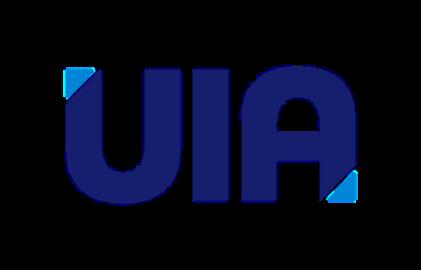
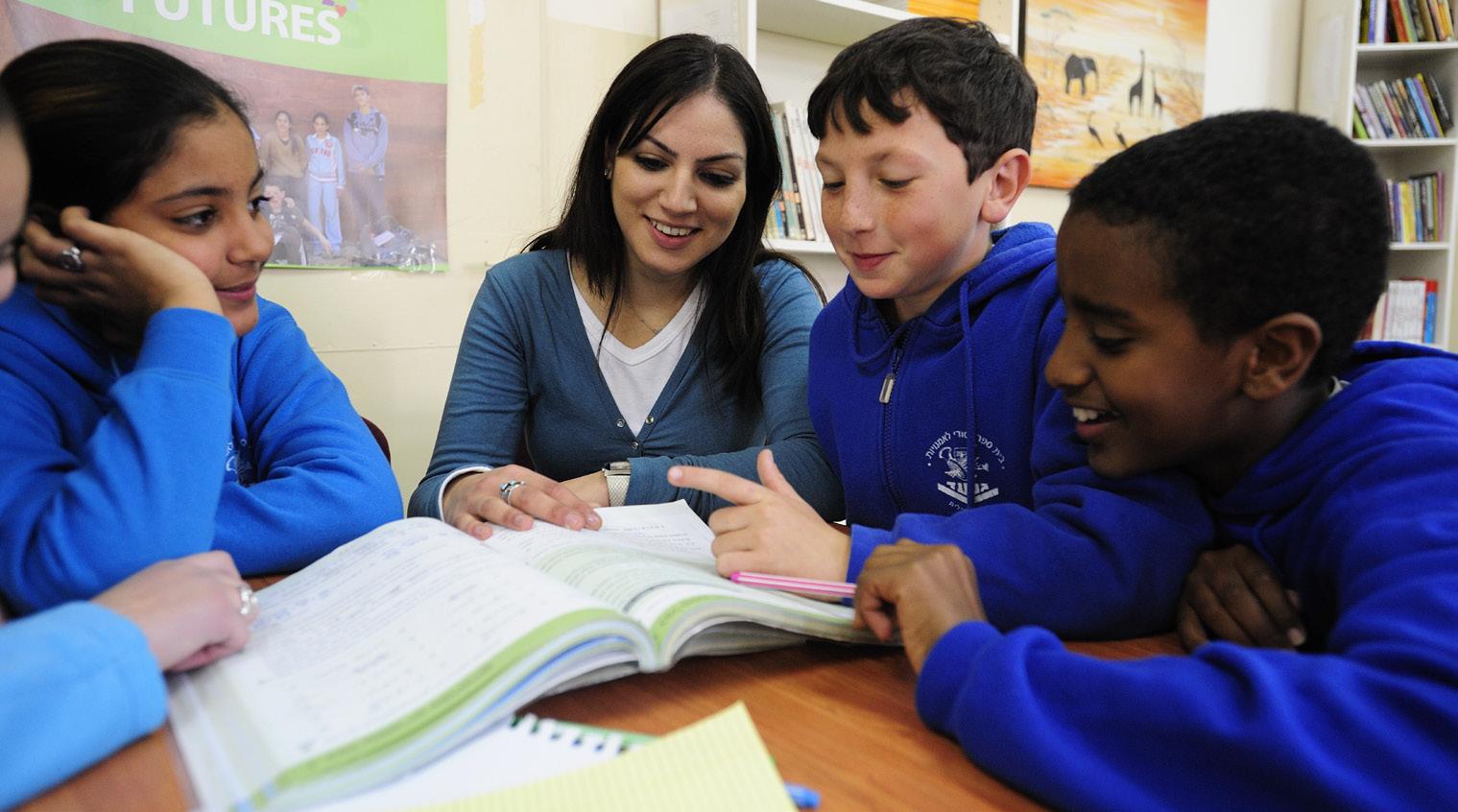
emergency assistance, distributing financial grants, computers for remote learning and connecting families to therapeutic services. UIA CEO Yair Miller OAM said that “the programs supported by UIA, such as the incredible Youth Futures, have been established for years and are ideally placed to respond to the unprecedented needs now apparent in so many spheres of life in Isreal. The young people already involved in these programs, as well as the thousands
them deal with this extremely challenging time and hopefully emerge stronger and more resilient.”
Positive outcomes despite challenges
Even amid such difficult circumstances, the program has shown some encouraging results. After three to four years in Youth Futures, participants have shown measurable improvements in personal development, academic performance and family relationships, thereby demonstrating

Expansion plans
Looking to the future, Youth Futures is increasing its efforts to meet the growing demand for services, including adding 70 new mentors across the country, with priority given to the regions most affected by the war, expanding existing services and establishing new locations in high-need areas, as well as offering psychological care through ‘Family Space’ centres. The program also aims to expand to 15 new centres, which will help address trauma within communities.
Additionally, mentors have undergone training in trauma and resilience, including a 30-hour academic course designed to equip them with the tools needed to support children dealing with stress and emotional hardship.
Securing a brighter tomorrow
As Israel faces ongoing challenges, the resilience of its youth is more critical than ever. Youth Futures, with the support of the global Jewish community, is stepping forward to ensure that even in the toughest of times, Israel’s next generation has the support, care, and mentorship that it needs to thrive.
To donate to UIA-supported projects such as Youth Futures, go to https://www. uiaaustralia.org.au
How many common words of four or more letters can you spell using the letters in the hive? Every answer must use the centre letter at least once. Letters may be reused in a word. At least one word will use all seven letters and have a direct Jewish connection.
Proper names and hyphenated words are not allowed. Score 1 point for each answer and 3 points for a Jewish-related word that uses all 7 letters.
Rating: 9 = Good; 14 = Excellent; 20 = Genius
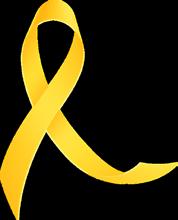
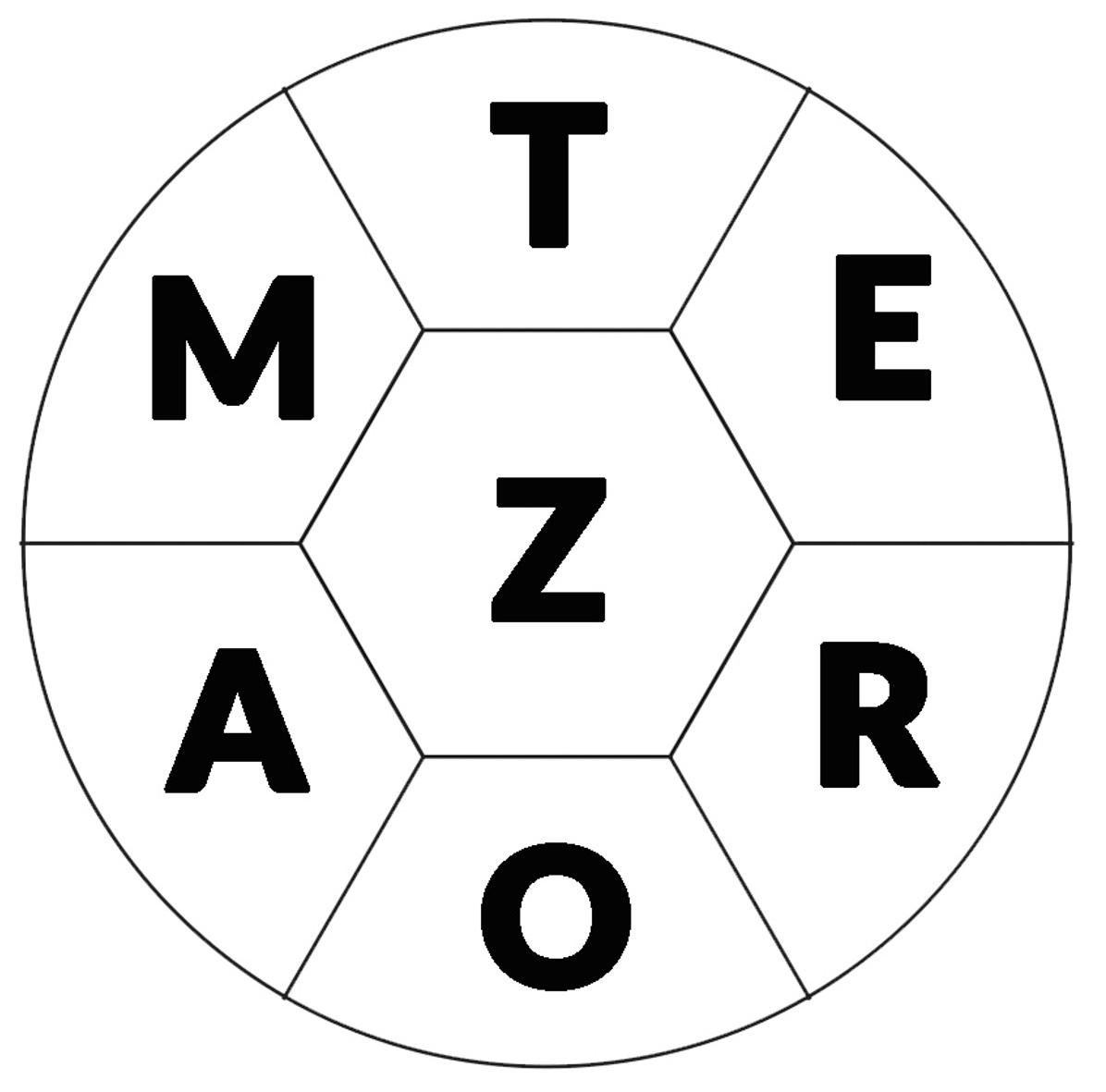
Yoni Glatt has published more than 1,000 crossword puzzles worldwide, from the LA Times and Boston Globe to The Jerusalem Post. He has also published two Jewish puzzle books: "Kosher Crosswords" and the sequel "More Kosher Crosswords and Word Games".
ANSWERS PAGE 21
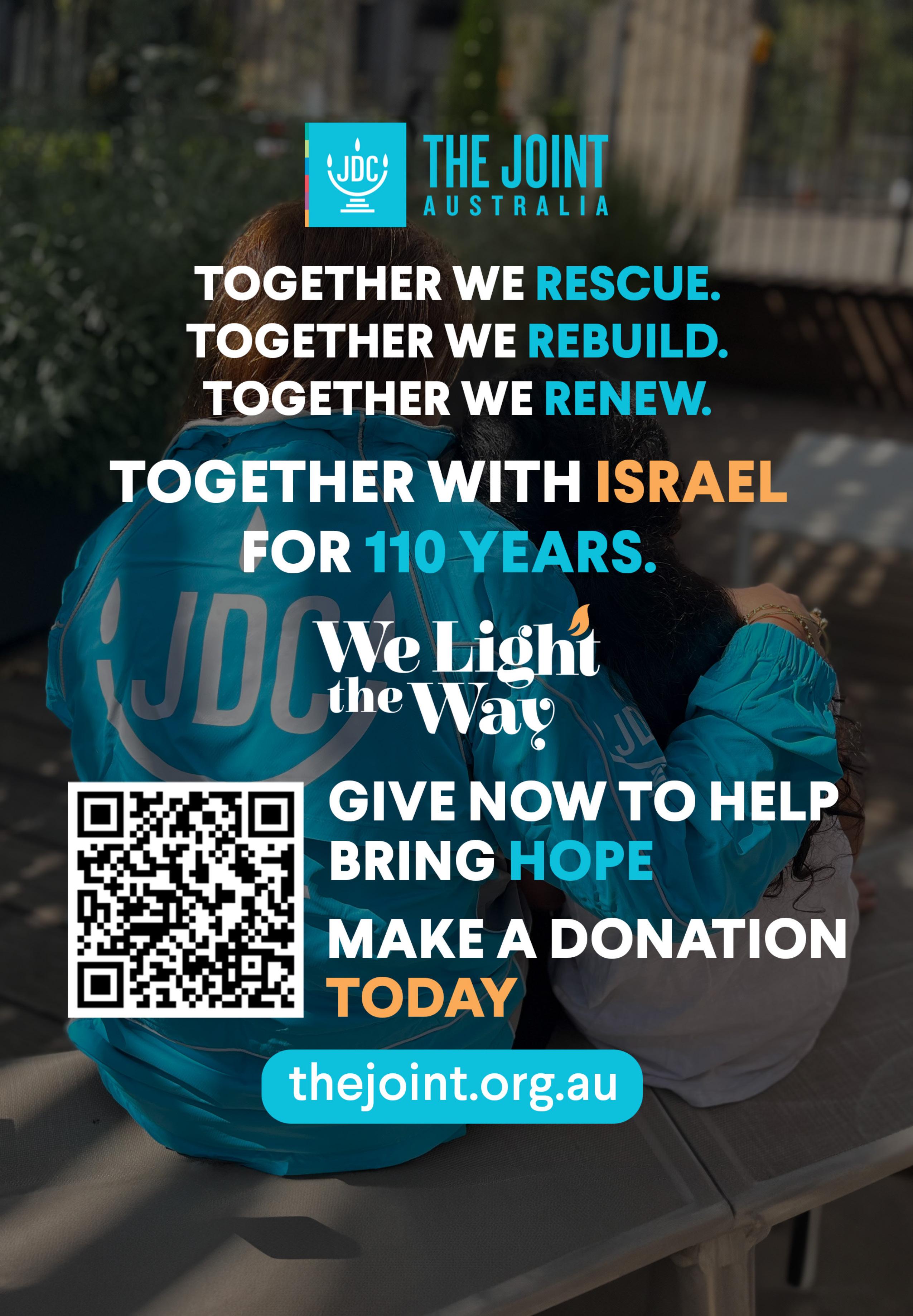
Moriah College has endorsed SAJE’s (Sydney Academy of Jewish Education) conversion program.
Conducted under the auspices of the Sydney Beth Din, the program unfolds in a warm, welcoming, inclusive and supportive environment.
SAJE offers guidance in study and observance, necessary for meaningful integration into the Jewish faith and is fully aligned with Moriah College’s ethos.
SAJE launched as an educational body last October.
Its benefactor Harry Triguboff OA was inspired to help create SAJE to keep people connected to the community.
SAJE is fully committed to navigating its students through the conversion process, with group classes, inspiring educators and mentors, and a modular structured course of learning.
The first cohort of classes, which began at the end of 2023, involves 70 participants.
They receive personalised, step-bystep instruction through every stage of their journey.
They join with like-minded individuals in a supportive community environment.
Importantly, they have access to resources and opportunities designed to deepen their understanding and
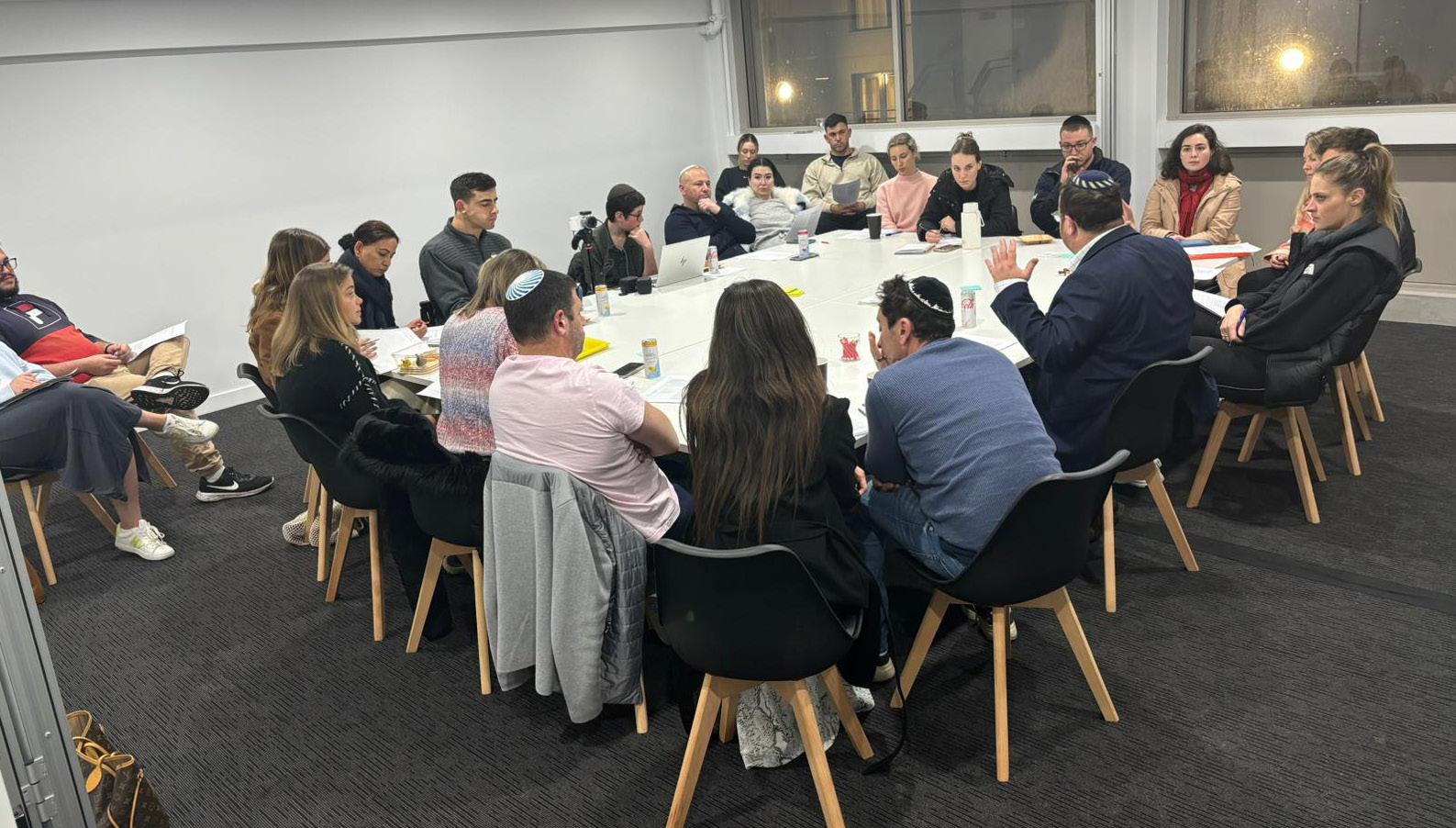
connection to Judaism. A Moriah spokesperson said the College was proud to endorse SAJE.
“We are excited that two of our educational leaders, College Rabbi Gad Krebs and Head of Jewish Life Talya Wiseman are part of the teaching team at SAJE.”
Talya said was “incredible … to be part of someone’s journey to becoming Jewish. To learn with them and to be a small component of this significant turning point in their lives is truly an honour and profoundly rewarding.” Rabbi Krebs was similarly complimentary. “With SAJE, there is a clear path to joining the Jewish
people, which will open the door to many who previously might have felt it shut. As one of the SAJE educators, I feel privileged to be part of that journey.”
To learn more about the SAJE program, go to https://saje.org.au or contact Candice at candice@sage.org.au

YOASH DVIR TECHNION AUSTRALIA
In recent years, we have witnessed tremendous advancements in artificial intelligence (AI), with systems like large language models (LLMs) pushing the boundaries of what machines can do. From generating realistic text to writing code, the capabilities of AI have become more impressive virtually daily. But what happens when we ask AI to do more than just assist with tasks? What if we asked it to drive entire scientific research processes? A groundbreaking study conducted at the Technion – Israel Institute of Technology has explored this possibility and the results are both exciting and thought-provoking.
The researchers developed a platform called "data-to-paper", which essentially mimics the way human scientists conduct research. This AI-driven platform autonomously guides itself through the research process, starting with raw data, formulating hypotheses, testing these, analysing the results and, finally, writing a complete research paper. The system is capable of handling various datasets and performing simple research cycles without human intervention.
One of the major benefits of AI systems like data-to-paper is their speed. Traditional scientific research can take months or even years, depending upon the complexity of the problem. However, AI can perform similar tasks in just a

fraction of the time. For example, datato-paper can generate a complete research paper in about an hour for simpler research questions. This could revolutionise the way we conduct research, speeding up discoveries in fields like medicine, physics, and engineering. However, while the platform is a significant step forward, there are important limitations to keep in mind. When tasked with more complex research questions, the AI system showed a higher rate of errors, indicating
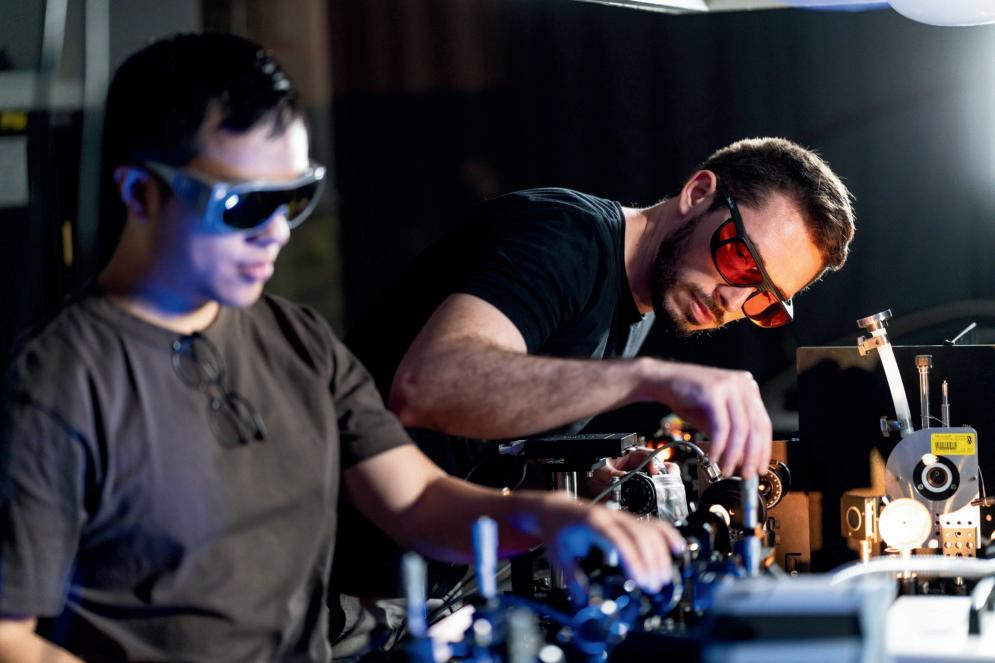
that human involvement is still crucial. Specifically, the study revealed that while the system was able to autonomously generate research papers with a high degree of accuracy about 80 to 90 per cent of the time for simple tasks, more complex challenges required human oversight. This highlights the current limitations of AI when it comes to solving intricate problems that require deep insight and creativity.
Another key point raised by the researchers is the importance of transparency, traceability and
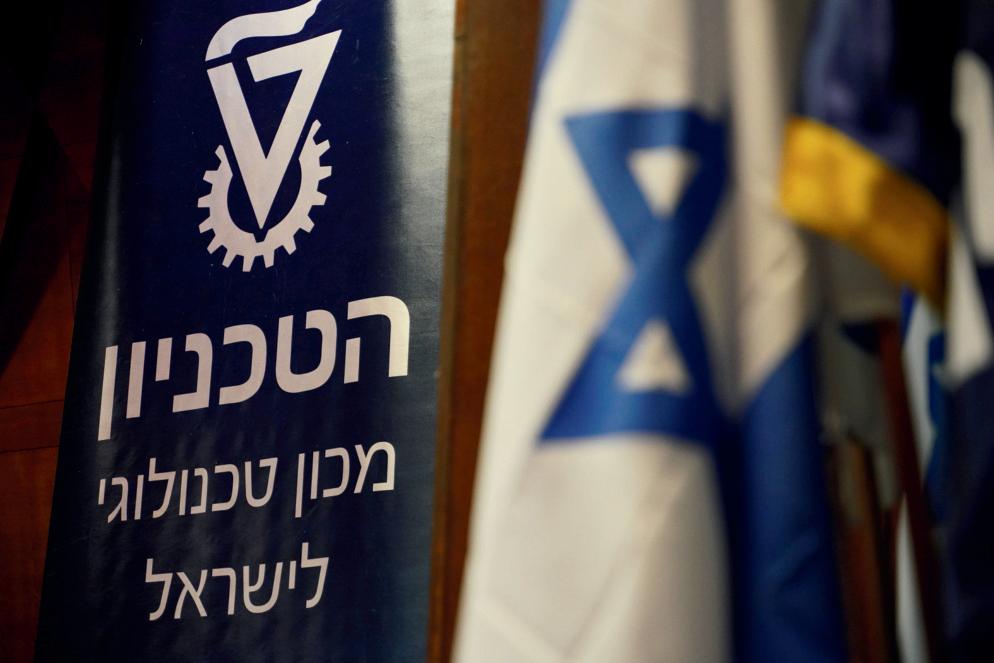
verifiability in AI-driven research. The data-to-paper platform incorporates several safeguards to ensure that the research process can be traced from the initial data all the way through to the final paper. This allows scientists to verify the AI findings and understand how it arrived at its conclusions, which is critical in maintaining trust in AI-generated results.
Yet, as exciting as these advancements are, they also raise some concerns. If not used responsibly, AI could be misused to flood the academic world with a high volume of low-quality papers, overloading peer-review systems, or even being exploited to manipulate research findings for dishonest purposes. That’s why the research community needs to establish ethical guidelines and oversight, ensuring that AI tools are used to complement, not replace, human ingenuity.
So, “yes”, the development of autonomous AI research platforms like data-to-paper represents a significant leap forward in the field of AI and scientific research. It offers exciting possibilities for accelerating discovery and freeing up human researchers to focus on higher-level tasks. However, as with any powerful tool, it comes with challenges and risks that we must carefully manage. By ensuring that AI remains a transparent, accountable and cooperative partner in the research process, we can look forward to a future where humans and AI work together to push the frontiers of knowledge.

For 100 years, Technion – Israel Institute of Technology has strengthened the State and people of Israel. No institution holds more promise for its future. It educates global entrepreneurs, develops pioneering technologies, expands our scientific frontiers and betters life around the world.
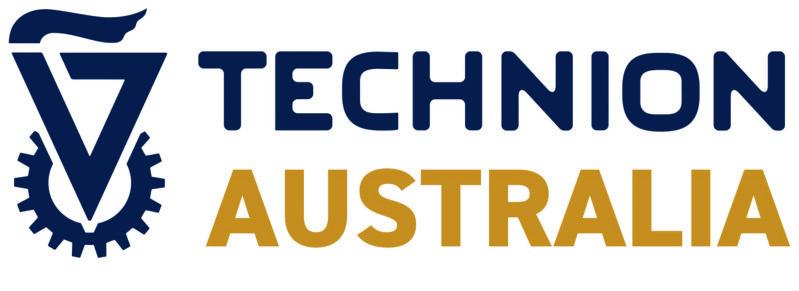


German-born theoretical physicist Albert Einstein was one of the founders of the Hebrew University and a strong advocate for its role as the ‘University of the Jewish People’. Einstein said: “… support of the Hebrew University in Jerusalem and the maintenance of its high standards are of decisive importance.”
He felt so positively about the university that leading up to his death in 1955 he bequeathed all his writings and intellectual property to the institution. The Einstein Archives at the Hebrew University now includes more than 82,000 Einstein items and is an important stop for many visitors to the university’s Mt Scopus campus.
I was recently told that an original letter from Einstein had been held by the family of the man to whom it was written in Bendigo, Victoria.
The three-page letter, signed by Einstein, was a reply to a question put to him in early 1951 by then Melbournebased physicist Leonard Champion. Champion’s missive to Einstein is already in the Einstein Archives at the Hebrew University. Champion’s granddaughter Meg contacted the Hebrew University advising that the family was interested in donating Einstein’s response. She said: “my grandfather would be very happy
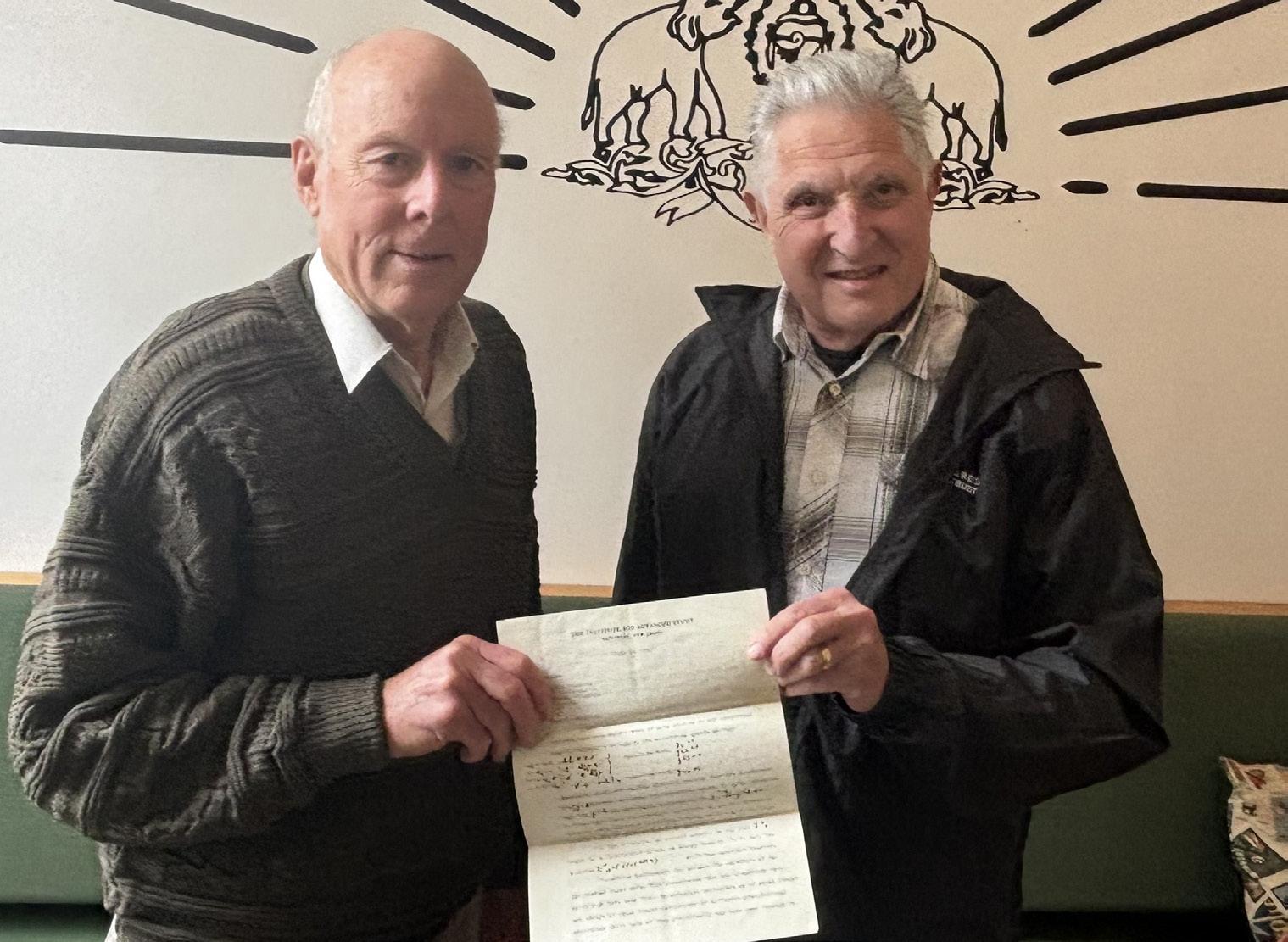
to know the letter is in its rightful place.”
That was all I needed to hear and immediately set the wheels in motion by suggesting I drive from Melbourne to Bendigo to collect the correspondence. Accompanied by visiting Hebrew University professor Gila Kahila Bar-Gal, I ended up collecting the letter from Meg’s father, Rob Champion, meeting him halfway, in Woodend.
When handing over the letter, Rob said: “I know my father always had in mind that the letter should be archived with Einstein’s correspondence.”
In a quirk of fate, I knew that a longstanding supporter of the Hebrew University, Karen Pisk, would be travelling to Israel in early September. When I called her, she immediately agreed to transport the letter to the university,
saying it was an honour to be able to do so.
Hebrew University Einstein Archives information officer Miriam Kutschinski has since written to me sharing her appreciation for me securing the letter and arranging for its transportation to Israel. “Thank you very much for having arranged this Einstein letter handover. New acquisitions like this are very rare and exciting.”
The Einstein Archives will ultimately be housed in the soon to be built Einstein House on the Givat Ram campus of the Hebrew University in Jerusalem. The opening was originally scheduled for mid-2025, but due to the current situation in Israel, construction has been delayed. Einstein House has been designed by world-renowned architect Daniel Libeskind as a cube twisted on a vertical axis. It will serve to highlight the impact of Einstein’s discoveries, his involvement in humanitarian and civil rights issues, and his deep commitment to the Hebrew University, Israel and the global Jewish community.
The building will include a reconstruction of Einstein’s personal library and his office. There will be exhibits of his original documents, including those on the theory of relativity and the manuscript that introduced the famous equation E=mc². The new facility is expected to become one of Israel’s foremost tourist attractions.
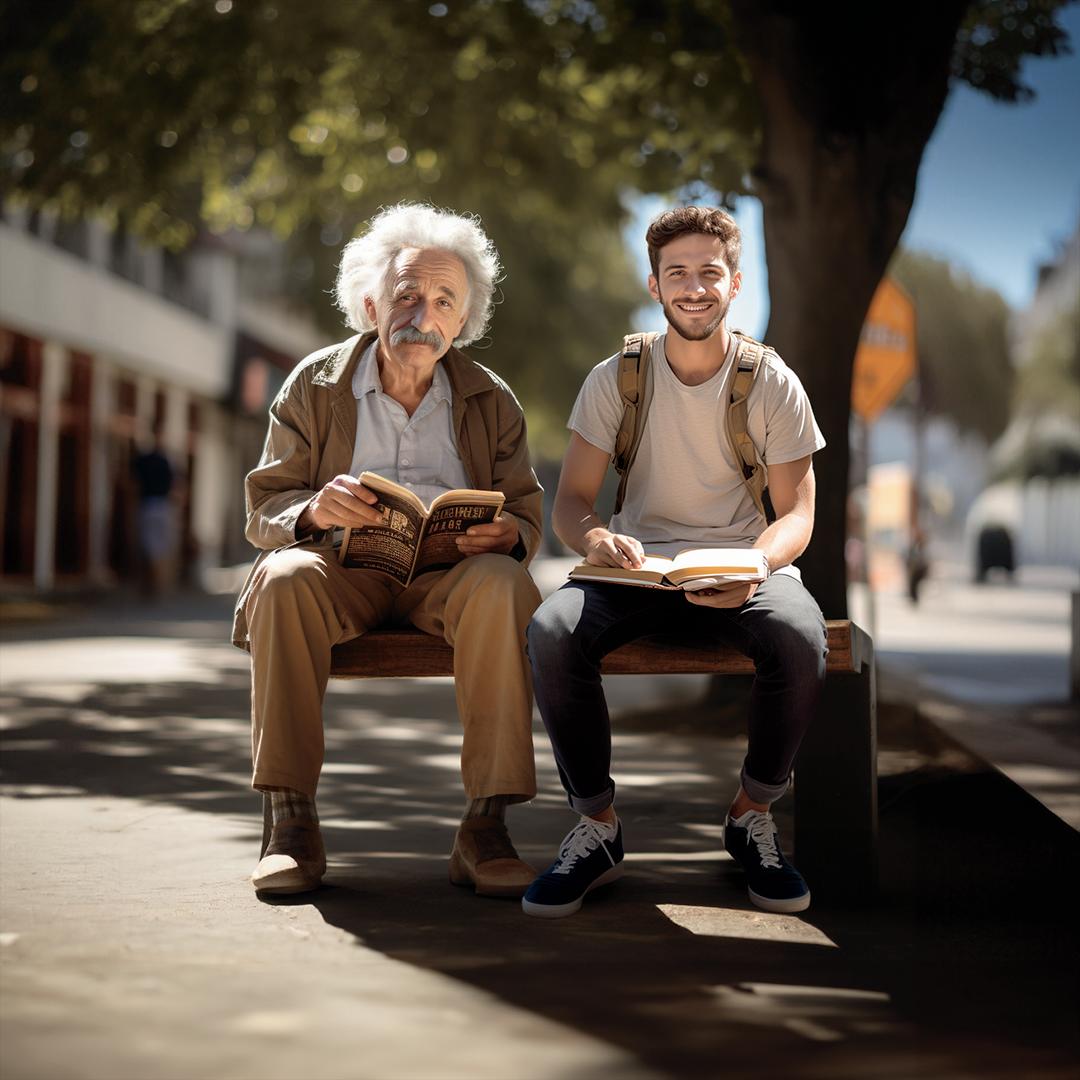

DAVID SOLOMON AUSTRALIAN FRIENDS OF TEL AVIV UNIVERSITY AROUND THE COMMUNITY
Given the dramatic events of the past 12 months, this Rosh Hashanah promises to provide many poignant moments as we reflect on how history will record the explosion in the lives of Jews around the world. How will the stories be told in 20, 200 or 2,000 years? Nothing can be taken for granted.
By way of illustration, new archaeological research from Tel Aviv University (TAU) is reshaping the narrative of the Roman siege of Masada, one of history's most storied events. For years, it has been widely accepted that the Romans laid siege to the desert fortress for three years before conquering it in 73 CE. However, a recent study conducted by the Neustadter Expedition from the Sonia & Marco Nadler Institute of Archaeology at TAU challenges this, revealing that the siege lasted just a few weeks.
Led by Dr Guy Stiebel, alongside Dr Hai Ashkenazi and PhD candidates Boaz Gross and Omer Ze’evi-Berger, the research team used cutting-edge technology to reach this conclusion. Their findings were published in the Journal of Roman Archaeology, and demonstrated that the Roman conquest of Masada was a rapid and efficient military operation, rather than a prolonged struggle.
Reassessing a legendary siege
The siege of Masada has long held a prominent place in Jewish history. The fortress, located atop a plateau near the Dead Sea, was the last stronghold of Jewish rebels during
the Great Jewish Revolt. According to the ancient historian Flavius Josephus, nearly a thousand Jewish defenders, known as the Sicarii, took refuge at Masada. When the Romans finally broke through, the defenders chose mass suicide over capture. It is a dramatic tale that has become a symbol of Jewish resistance. This story, along with the belief that the Romans spent three years conquering the fortress, became embedded in Jewish and Israeli culture. Yet, according to Dr Stiebel, “Our study is the first to use modern technologies to offer an objective analysis of the Roman siege system at Masada, and our findings challenge the traditional narrative.”
A high-tech approach
The expedition utilised advanced technologies to renew excavations at Masada, including drones, remote sensing and 3D digital modelling to analyse the Roman siege system. Remote sensors captured high-resolution images of Masada and its surroundings, allowing the researchers to build detailed 3D models of the Roman fortifications. This unprecedented precision enabled them to accurately measure the dimensions of the Roman military camps and the surrounding siege wall. Dr. Ashkenazi, now Head of Geoinformatics at the Israel Antiquities Authority, explained how these tools provided new insights into the timeline of the siege. “We know how much earth and stone a Roman soldier could move in a
single day, and we know that around 6,000 to 8,000 soldiers participated in the siege,” said Dr. Ashkenazi. “Using this data, we estimated how long it would have taken to construct the entire siege system, which includes eight camps and a stone wall surrounding most of Masada.”
The calculations showed that the construction likely took only about two weeks. Once the assault ramp was completed, the Romans launched a swift and brutal attack, overwhelming Masada’s defences.
The idea of a three-year siege has been central to the Masada narrative. For years, the prolonged siege was seen as evidence of the fortress’s resilience and the defenders’ determination, as well as a testament to the difficulty the Roman army faced in conquering it.
While the new research alters the timeline of the siege, Dr Stiebel emphasised that it does not diminish the significance of Masada’s place in history. “The narrative of Masada is deeply rooted in Israeli DNA and the Zionist ethos. It has been a symbol of resistance for many years. However, our research shows that the Roman siege was shorter and more decisive than previously believed. The Romans came, saw and conquered quickly and brutally. But this does not detract from the importance of Masada as a historical and cultural site,” Dr Stiebel said.
While the study clarifies the duration of the siege, it also raises new questions about the Roman Empire’s motivations. Masada was a remote fortress with little strategic value, yet the Romans invested significant resources in its capture. “Why did the Romans put so much effort into seizing this seemingly unimportant fortress?” Dr. Stiebel asked. “This question, along with many others, remains a mystery.”
To explore these questions, the TAU team has initiated a broader research project focused on the Masada region. The project aims to collect more data from the site and its surroundings using modern technologies to gain a deeper understanding of the events leading up to the siege and its aftermath.
A new historical perspective
This study is part of a growing trend in archaeology, where advanced technologies are providing new insights into ancient events. Now, science is offering a more nuanced view of what actually happened. “While myths and stories are an important part of how we relate to the past, it’s crucial to ask questions and seek truth through scientific inquiry,” Dr Stiebel said.
In a quote often attributed to Winston Churchill, it is said that history is written by the victors. Perhaps in this new media age, history will be written by the camera and the journalists, but validated by science.
The things we care about don’t stop when we do. What will be your legacy?
Now, more than ever, the future of our people in Israel is paramount. A bequest - a promise today for Israel’s tomorrow - is one of the most inspiring gifts you can give. Join TAU’s global family of supporters who, beyond their lifetime, have committed to ensure Israel’s future by supporting its greatest natural resourceits people. The education of future generations at TAU will have an enduring and global impact. Making a gift in your will to Tel Aviv University will ensure your legacy lives on with Israel, forever.
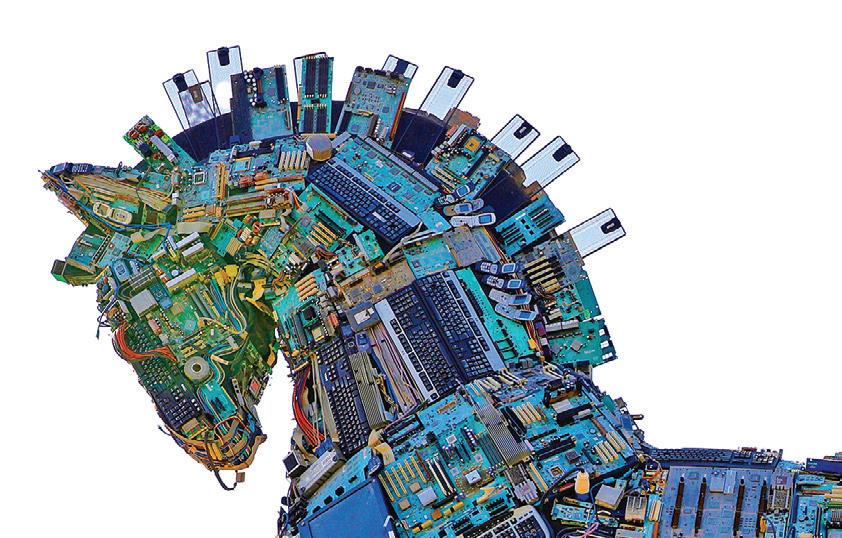
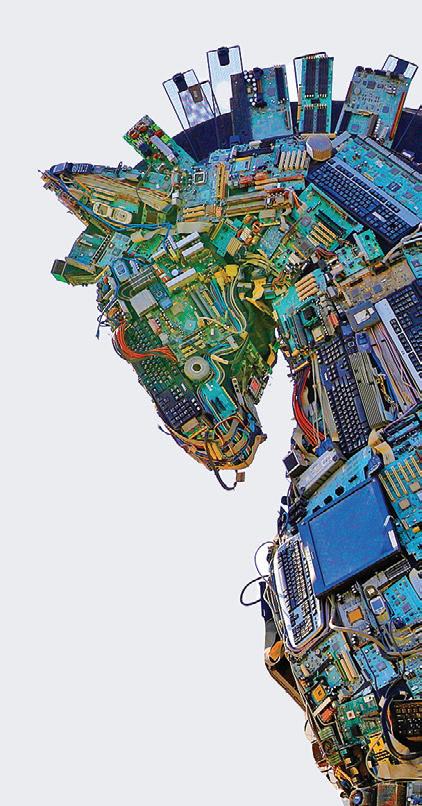

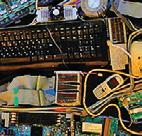
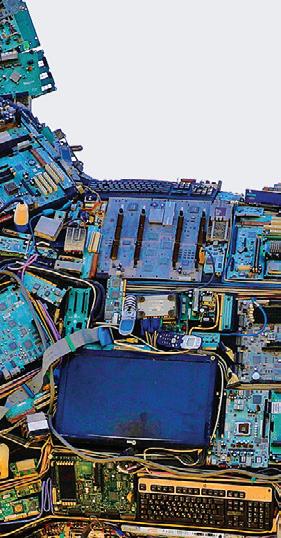
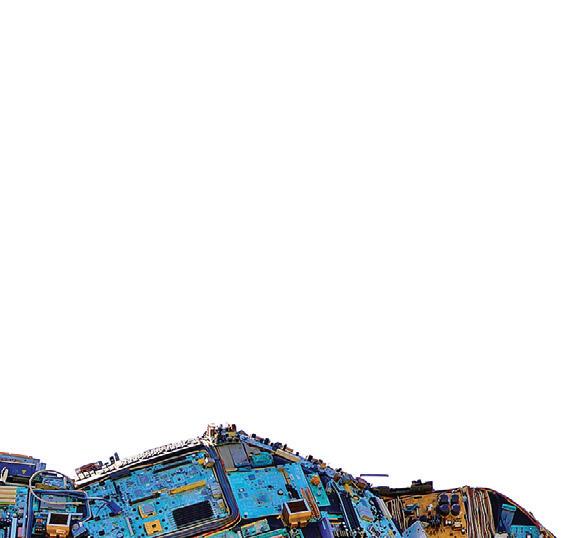

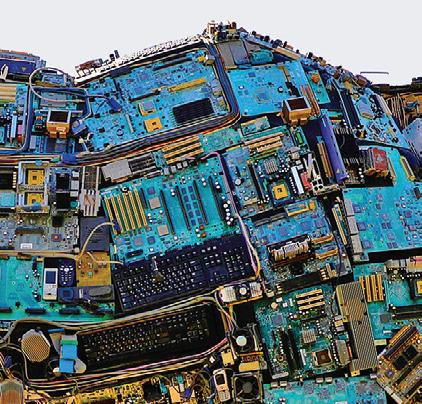


GREGORY
AUSTRALIAN JEWISH ASSOCIATION AROUND THE COMMUNITY
Former Knesset member for the leftwing, Israeli Labor Party, Dr Einat Wilf recently addressed the Australian Jewish Association’s weekly Zoom event.
Einat spoke about her personal journey. She started off in the ‘Peace camp’ and was a supporter of the idea that Israel could give up land and would receive peace in return.
She described how the ‘euphoria’, she and the ‘peace camp’ felt in the 1990s was shattered when Palestinian Authority leader Yasser Arafat walked away from peace talks and launched a wave of violence.
She said, at that moment, she realised that the Palestinian Arabs do not want a state but instead their main priority is the destruction of the Jewish State.
One of the revelations, Einat discovered was that the Palestinian Arabs were never alone in their fight against Israel. She described it as a ‘treasure’ for them, that their opponent was the Jews. They could always count on the support of antisemitic forces.
Einat explored that chronology. In the 1930s and 40s, the Nazis were courted as an ally to destroy the Jewish national home. The cooperation between the Mufti of Jerusalem and the Nazis is well documented.
Following the defeat of the Nazis, up until the 1960s, the major supporter of
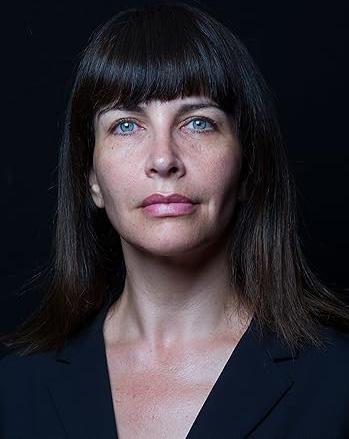
the campaign to destroy the Jewish state was the ‘pan-Arabist’ movement.
The Arab world coalesced around a goal of destroying the Jewish state which led to multiple large-scale wars. This movement was best personified by Egyptian dictator Gamal Abdel Nasser.
Following the defeat of the Arab States, which they had armed and financed, the Soviet Union was humiliated and took up the mantle of the struggle against

Israel. The Soviets, in effect created the concept of ‘anti-Zionism’ as a mask for the antisemitism that remained from Tsarist times. The Soviets took the movement global, as a tool to fight the West, inserting it into international organisations, like the United Nations and in academia. It is during this time that we see the emergence of false slanders against the Jewish State, like ‘Apartheid’, ‘colonialism’, ‘white supremacy’ and even ‘genocide’. The Soviet campaign culminated in the infamous 1975 UN resolution that ‘Zionism is Racism’ and the setting up of the international, antiIsrael infrastructure.
After a short respite following the collapse of the Soviet Union, Iran became the new sponsor of the antiIsrael campaign. Einat believes the Jewish people face the greatest moment of peril since WW2, as many forces combine against us.
The good news is that those who persecuted us, like the Nazis, Soviets and Pan-Arabists were consigned to the dustbin of history. Any regime obsessed with fighting the Jews, to the extent it neglects its own population will fall. The bad news is that on the way out, they caused a lot of harm for Jews. The Nazis murdered 6 million, the Pan-Arabists expelled 800 thousand Jews, and the Soviets created the infrastructure that
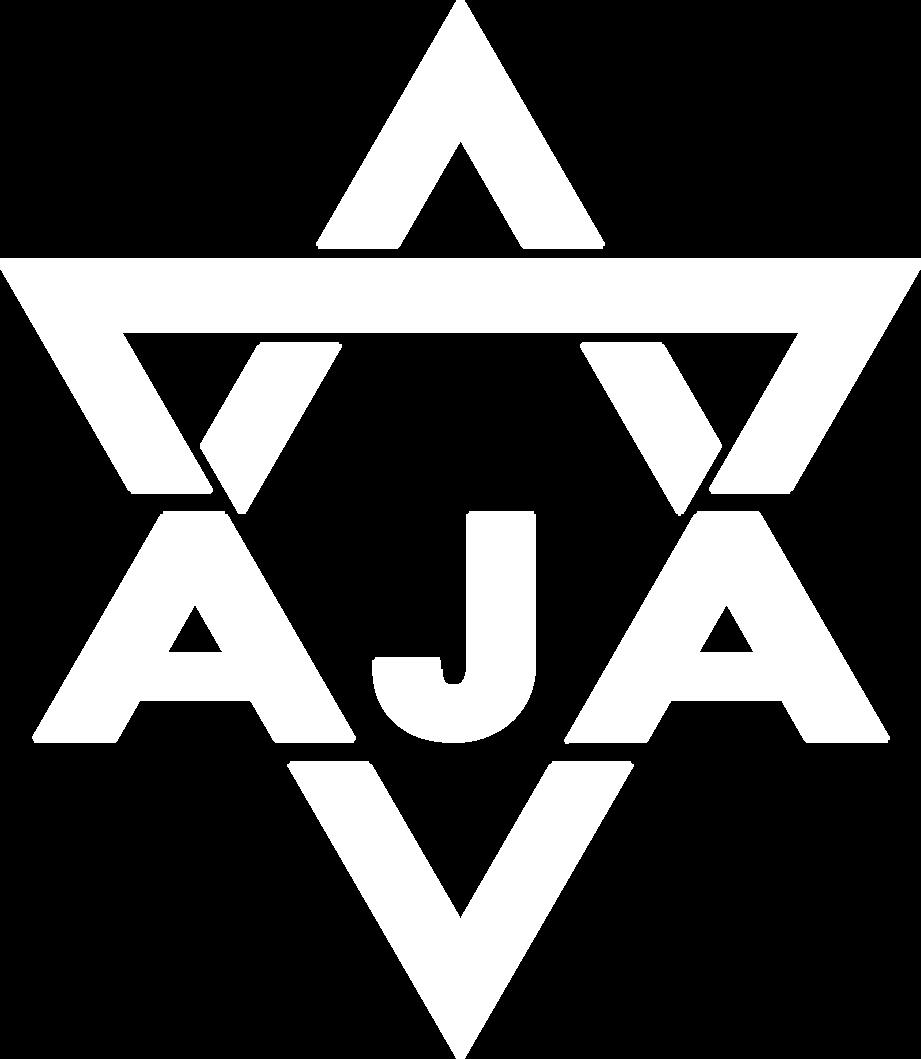
demonises Israel today. It is up to us to limit the damage that the Islamic Republic of Iran’s Ayatollah Regime causes before it too enters the dustbin.
Einat had a message for the Australian Government that has recently greatly increased funding of the controversial organisation, UNRWA – The United Nations Relief Works Agency. Einat explained how UNRWA is focused on the negation of Jewish sovereignty and that Australian funding grants UNRWA undeserved legitimacy. She described how UNRWA textbooks teach Arab children to hate and promote the belief that they are perpetual refugees with a ‘right of return’ of millions of Arabs to Israel. By taking over the roles of government, UNRWA absolves Hamas of the responsibilities of governing and allows them to focus on destroying Israel.
The recording of the event is available on the AJA YouTube channel.
The Australian Jewish Association runs a weekly Zoom event at 8pm on Wednesday nights. Speakers include prominent local and international politicians, ambassadors, journalists and other leaders.
Subscribe to the free AJA email list to be informed ahead of time at www.jewishassociation.org.au/ subscribe
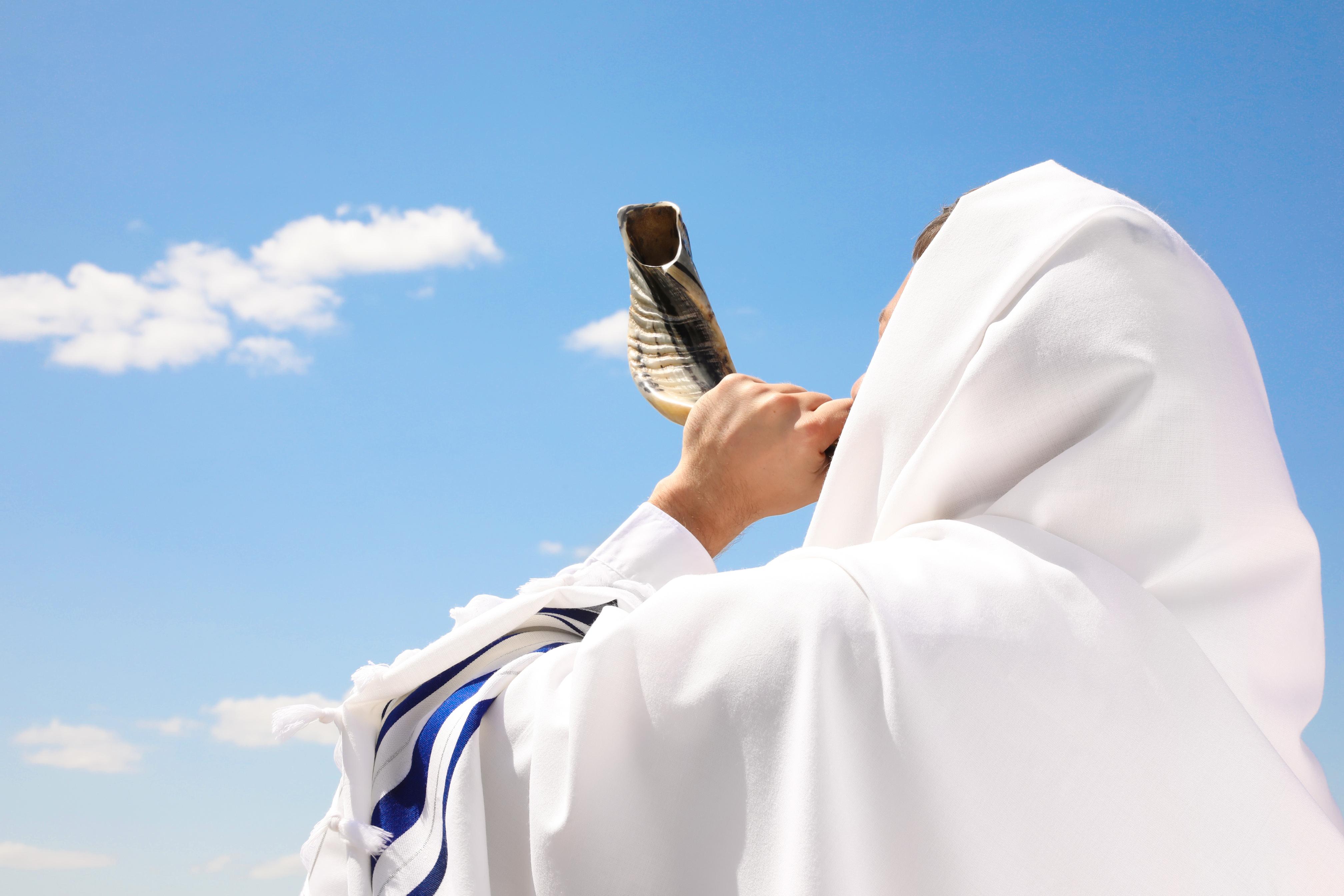
RABBI DR BENJI LEVY
If you were to stand at the base of a mighty mountain, at the front door of an extravagant palace, or an inch away from a sweeping tapestry, you might know that you were standing in the presence of something special, but you would fail to grasp its greatness. A single stone of the Kotel or a solitary chunk of rock at the base of Mount Everest can fail to impress. Retreat to a point at which you can take in the magnificence in its entirety and only then will you be able to truly appreciate what your eyes behold.
On Rosh Hashanah, we spend a great deal of time mentioning remembrance. Indeed, a centerpiece of the main prayer service is called Zichronot, or remembrances, during which we invoke many heroic deeds of our ancestors in the Bible (such as the righteousness of Noah, the self-sacrifice of Isaac and the ironclad faith of the Jews in the desert). We beseech God to remember these great individuals – and in their merit, to remember us too. Like all compositions of prayer, these paragraphs are not addressed solely to God – they are equally written with the intention of impacting each of us. While we will never be able to fully comprehend the

notion of God ‘remembering’, this focus on memory and on memories teaches us a crucial lesson about the underlying meaning of Jewish living.
To be a Jew is to remember. To actively remember. Zachor.
This principle constitutes the essence of our existence and permeates throughout the contours of our calendar. Every Friday night we lift a glass of wine to remember that there is a Creator behind creation, every Seder night we engage our senses to relive and remember the salvation from oppression of the Exodus, every Tisha B’av we remember and commemorate the
tragedies of a long, painful history, and every Yom Ha’Atzmaut, we remember and celebrate our miraculous national resurrection.
To be a Jew is to set aside time for intense and active remembrance –affording us an opportunity to reflect upon our history, our mission and our lofty purpose in this world. As Jews, we must learn the art of contextualisation –to orient our internal paradigms until we perceive ourselves not only as individuals (which is important in and of itself), but as an essential element of an enormous tapestry of breathtaking beauty and irreducible meaning.
In our contemporary world, we're witnessing a breakdown in community, which is impacting us all on a deep level. Influential books like Bowling Alone and The Lonely Century have mapped out the heavy psychological and emotional toll that emerges when communities fall apart. Yet we must ask why community is so crucial to our success and fulfillment. Do we really sacrifice so much when we lose that sense of connection and unity?
Picture this: It’s a chilly, cold winter night. There is kindling stacked in a roaring fireplace. A twig falls away from the others and starts to burn alone. Initially, it ignites and flashes blindingly brightly, yet quickly peters out. Before long, the flame dies. Why?
The answer is clear: fire thrives from fanned flames. When it stands alone, it loses its intensity. So it is with the human spirit.
The koach, or strength, we draw from others and the support we reciprocate are crucial elements to our very essence. This mutual relationship is what keeps our inner flames alive. Without it, we risk losing the warmth and light that define our humanity.
One of Judaism’s greatest blessings is its power to elevate each of us beyond our own person. It calls us to join a loving, vibrant community. It binds us to others and to G-d, teaching us the sacred habit of loving our neighbour.
Judaism creates an oasis of kinship amid the isolation that so often characterises modern life. It fosters
Rosh Hashanah, as the first moment of the Jewish year, represents the opportunity to put this into action. This is the time to step back and contextualise. The ‘memories’ that we invoke in our prayers compel us to recalibrate, to take the time to remind ourselves to see beyond our own interests and understand our larger contexts as we create new memories. This process reminds us that we do not stand alone before God – rather, we are linked to vast networks that imbue our lives with purpose, significance and commitment. We remind ourselves that we are part of a global Jewish community that lives in a time of both obstacles and opportunity, and therefore we pray for the strength to overcome the challenges. We remind ourselves that we are part of the magnificent Jewish story, a narrative replete with heroines and heroes, whose faith and righteousness serve to guide our own decisions in the service of God and our people. We remind ourselves, finally, that we are part of humankind as a whole, whose peace and prosperity we yearn and pray for every day. Through remembering the greater context in which we live our lives, we give meaning to our existence that exceeds the fleeting pursuit of our own individual ends alone. This expanded consciousness and broadened perspective enables us to connect to something infinitely greater than ourselves.
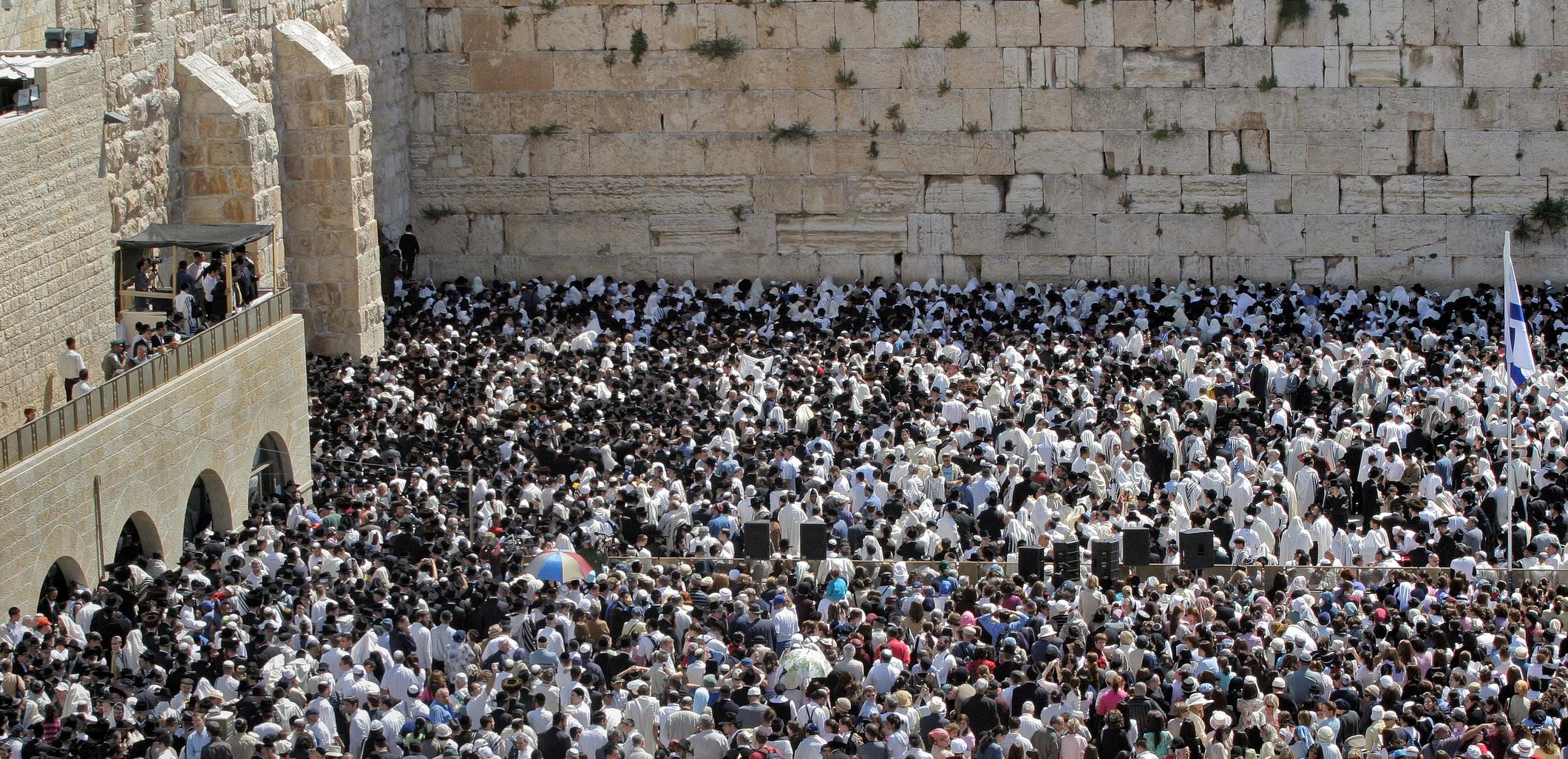
friendships with the power to heal and transform.
On Shabbat and every holiday, we step back from the relentless pursuit of self. We turn from ‘me’ to ‘we’. We gather with our mishpachah and extended family, our community, to pray, learn, dine and sing. We embrace the sacredness of this united way of being, which lies at the heart of Jewish life.
Our holiest prayers can’t be uttered when we are alone. During the High Holy Days, the act of confession is communal.
We don’t highlight our personal failings, rather we face our sins as a collective. This isn’t just about sharing guilt; it is recognising our shared humanity and interconnected responsibilities.
We pray for the sick and comfort mourners, not as isolated individuals, but as part of a broader community that empathises and supports one another.
Our davening will be so concentrated this year – it will be a season like no other in the living memory of so many of us.
We have witnessed a significant number of laypeople, communal members, previously living quiet lives, coming to the fore and accepting the tafkid, or mission, to combat the hate online and offline around the clock, shining a bright light on so much darkness that has descended upon our world.
We have endured so much loss, so much pain, and we have cried so many tears. Yet, together, we buoy each other,
with a fierce focus to fight for what is right and just. I have never been filled with more pride to be part of our Sydney Jewish community than I am right now. When we turn to one another, when we hold each other’s hands, when we join our flames, we can accomplish what none of us could achieve alone. Each of us has our own unique strengths and weaknesses.
Together, we form a sacred community, one that is becoming ever stronger and more resilient, ensuring we continue to illuminate all in our orbit. Wishing all a Shana Tova. I know our powerful prayers will storm the heavens with us all focused and davening for the immediate return of our hostages.
The Israel Defense Forces have been involved in a secret operation, only known to very few people. It won’t be reported in mainstream media, but it is so huge that it could sway the direction of this war. I am only aware of it because my first cousin, an IDF reserve soldier, was directly involved. I will share what I am allowed to publicise about this operation, leaving out all identifying details.
My cousin was called up to join his unit when the war started. Along with tens of thousands of reservists, he was pulled away from his family to help protect Israel against its enemies. His unit is stationed near the border, staying in an evacuated kibbutz. Its usual inhabitants have been relocated to central Israel, due to the dangers of living near the border. I can’t say which kibbutz, or which border it is near.
A makeshift dormitory has been made in the kibbutz kindergarten to house the soldiers. The image is almost surreal. An empty kindergarten, with colourful pictures of the alphabet on the walls, boxes of toys on the shelves, and soldiers sleeping in the cots usually used by toddlers for nap time. This is war.
In one of those divine twists of fate, it turns out that members of the kibbutz have been relocated to my cousin’s neighbourhood in Israel’s centre. So, he is staying in their kibbutz, while they are staying around his home village.
When the connection was made, my cousin got a call from a social worker from his hometown. She is supporting these kibbutz families, who have been through a terribly traumatic time, after living through missile
attacks and then being uprooted from their homes.
The social worker told my cousin that something was troubling the kibbutz children. With all that is going on around them, the kids are very worried about the fish in their kindergarten’s aquarium. Who is feeding them? They have been left behind with no one to take care of them.
My cousin, the soldier, told her to please tell the kids not to worry. His unit will take full responsibility for the fish. They will feed them and send pictures so the kids can see that the fish are being looked after.
Look closely. You can actually see the care and love with which this soldier in uniform is feeding those fish. You can almost see the smiles on the kids' faces that he brought through a simple act of kindness.
This delicate military operation is what will win the war. We are fighting a very dark evil force. You can't vanquish evil with military might alone. You need a powerful force of goodness. Kindness, love and concern for others are our most powerful weapons. When our people are united, when we truly care for each other, we are unbeatable. This picture is one small illustration of the tidal wave of kindness coming out of Israel right now.
You may not be a soldier who can fight the military battle, but you can feed someone’s fish. You can calm someone’s concerns, soothe someone’s pain and reach out to someone who feels alone. And when you do those small acts of kindness, you too are a soldier in Operation Goldfish.
Rabbi Aron Moss is the director of the Nefesh Centre in Bondi Beach. For more information, go to www.nefesh.org.au
RABBI MOSHE GUTNICK
RABBINIC ADMINISTRATOR THE KASHRUT AUTHORITY
It is quite a prevalent custom to visit a cemetery in the lead up to Rosh Hashanah and Yom Kippur. A cemetery is considered a holy place, where the souls of the departed bring our prayers before Hashem. It is a place that reminds us of our own mortality and awakens in us a spirit of humility and teshuva –repentance.
There are places where these sentiments are magnified many times over because they are where the bodies of the “kedoshim” – Jewish people who made the ultimate sacrifice and were killed in sanctification of G-d’s name –are buried.
One such place is Mount Herzl, which is where soldiers of Tzahal are buried. It is reported that the famed Reb Shlomo Zalman Auerbach was once asked where one could go to find the grave of the Righteous. He responded by referencing Mount Herzl.
And, of course, then there is the Holiest of the Holies, any place where our people were murdered by the Nazis.
I have an intrepid nephew who is a whiz at finding documents, translating birth certificates and finding registers. Before he started his work, I knew that many of our cousins on my mother’s side were martyred at Treblinka. My grandfather saw the writing on the wall and emigrated to Australia in 1936. A lot of the family did not.
My father’s family came from the Ukraine. However, on the advice of the
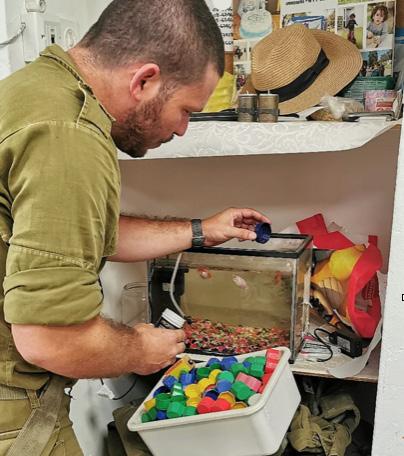
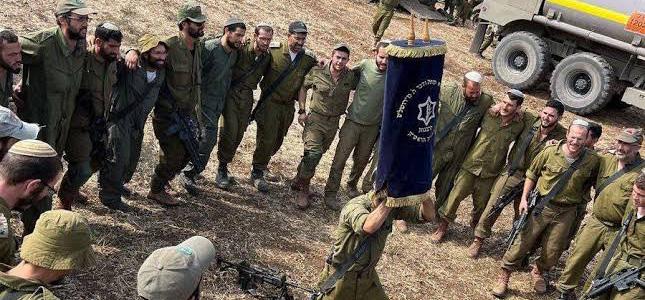
previous Lubavitcher Rebbe, my father’s father became a rabbi in England. We didn’t know if there was anyone else in the family that lived there besides them.
That is, until my nephew got to work. He discovered branches of the family we didn’t know existed. We thought my great grandfather was one of two siblings. In fact, he was one of eight. Last week, we found a branch of the family in Prague. But with so many cousins and so many branches, all on paper, where were they all?
That is when we came to the shocking realisation that they were murdered at Babi Yar. In fact, many had been recorded at Yad Vashem by the few relatives that survived. Dozens of my
blood relatives, they and their future families, gone forever from the face of this Earth. May Hashem avenge their blood.
I was a teenager the first time I read about the horrors of Babi Yar, however I never thought about it in terms of my own family. Truth be known, I am certain we are not the only family that did not know of its past. Each of us, in one way or another, have been directly affected by the Holocaust. It is incumbent upon us to remember at Yizkor what happened to our families. While it may sound like a cliché, “never again” must be real and meaningful.
This year we have a new Yizkor to say for those who were murdered last Simchat
Torah on October 7 in the South of Israel: young and old taken from us in the cruellest fashion. Here too “never again” must be real. The difference, however, in contrast to Babi Yar and every massacre we have experienced over the past two thousand years is that now we can fight back. Now we can actually see Hashem avenge their blood through Tzahal. Now we Jews are feared.
Think of Babi Yar and think of Tzahal –it is the greatest miracle in the last two thousand years. An American general who visited Israel recently said in awe that he has been around the world and seen every army. No other army sings and dances. Is it any wonder?
RAMONA FREEDMAN KESHER COMMUNICATIONS
Here in the holy land, my Aliyah adventures continue. From the heavy to the heartening, Israel has it all. And then there are some things that just make you look at a person incredulously, leaving you shaking your head, but somehow still smiling.
Let me introduce you to Roi. Well, in truth I only met him for about thirty secondshere is what happened. We are currently renting a place conveniently close to our Kehillat Lev Ra’anana shul. It is a hop, skip and a jump away from main road, Ahuza Street, which runs through this terrific town. One day we had a broken cupboard door under the sink. We advised the landlord who notified his go-to guy for these things. We were told he would come the following morning.
Well, one, two, then three days go by and our man Roi finally bursts in – but intriguingly, with no tools whatsoever. He nods at me and I duly nod back. Then he marched into the kitchen, without asking, opened the cutlery drawer and took out one of my (new!) Victorinox knives.
Resourceful Roi proceeded to use said knife in place of any sort of screwdriver to fix the door and in the process he snapped the entire tip of the knife right off.
Oh, Roi ‘fixed’ the drawer all right and then said in rapid Hebrew, “Hakol beseder, yalla bye,” and out he flew. Ummm toda raba, sort of. He wasn’t wrong per se and did ‘fix’ the cupboard, I suppose. Ah, these Israelis are so … inventive!
No time to dwell because I have a dear son who has just entered the Israeli Defense Forces. Let me mention at the outset that this darling little boy never had one toy gun, but that was then; this is now.
This is where you realise you are on the steepest learning curve. One minute you are driving to Westfield Bondi Junction and the next, suddenly you have somehow got thirty young, vibrant people over on your rooftop for a Mesibat Giyus. Well, what pray tell, is that? Great question, I had to Google it myself.
Turns out a Mesibat Giyus is a pre-army recruitment party-of-sorts. Think young people, think lots of food and drink, think family members, think haircut. At a party? Why yes, that is the main event, so to speak. Up we went on a Thursday night once it had cooled down a mere fraction. Asher sat down and artfully cut a hole in the base of a garbage bag which, when flipped, transformed into a cape to wear during the haircut.
And then dear my son-in-law, Gavi, who has also previously served in the IDF, proceeded to artfully cut Asher’s hair. I had to shake my head. No, Ramona, this is not some cute Upsherin, the initial customary hair-cutting ceremony for a three-yearold with a snippety-snip; this is my only son who is now consciously enlisting. Someone hand me a drink, or two.
Goodbye curls, hello crew cut. Of course, despite him looking astonishingly handsome with any haircut (says his adoring Jewish mother), I cried. It is so symbolic and so real at the same time. To get into the religiously-anchored combat unit that he wanted, Tzanchanim Chetz, many tests needed to be taken. These

included physical, psychological and even a test of his religious knowledge.
Selfishly, I wouldn’t have minded if he scored dismally – but no, my wise son gets a perfect score – straight in.
The next Shabbat I made sure to have the best steaks for him and went to an army-type store to get him anything he wanted and needed. Soon after, one early morning we went to drop him off at the pop-up enlistment centre in a park. I kissed him, I cried (again) and waved wildly when the bus drove off. My first stop after, unapologetically, was to buy my favourite kosher mini ice creams by the bucketload – I instantly dived into that blessed box.
From frozen treats to fruit. Well, here the unspoken rule is: don’t even think about buying anything not in season. Because when the watermelon is in season, it is sensational. Yet if you dare to buy your favourite fruits out of season well, this Land of Milk and Honey becomes the Land of Imperfect Picks.
Yet when it is good, it is great! Perfect plump pomegranates are piled up in each fruit shop – they are beloved here and symbolise fertility and the 613 mitzvot of the Torah. Here’s another quick fruit shop experience that moved me. Soon after we arrived we walked into a fruit shop and the green grapes looked sensational (yes, they were clearly in season).
As I was waiting in line to pay, one of the workers leaned in and took a few grapes from the box I was holding and started to toss them in his mouth. So much raced through my head. Of course I said to myself, there is just no way this would happen in Australia. This must be the height of rudeness. The cultural chasm
is wider than I thought … and then he looked at me and said, “Have you tried these grapes?” I told him the answer was no and that I was an Olah Chadasha, a new immigrant. His response: “Oh, I didn’t think so. These grapes are very expensive and I just tried them to check if they are sweet. Try one now tell me what you think.” I tried one, and gave a two-word answer with my basic Hebrew: not sweet.
He agreed and went to the back to get another box just for me. He then called his brother over, the owner of the shop to let him know I had just made Aliyah. Then suddenly the whole shop knew and everyone was wishing me mazel tov. And all I wanted was a few grapes. The real sweetness was in that interaction, yes, and the seasonal fruit too.
Each day brings a new adventure. There are traffic jams here daily on the highways. One evening we were driving to Jerusalem, the air conditioner was blasting, the sun was setting, traffic was slow, and the Israeli radio station was pumping. Honestly, I couldn’t complain, then I looked ahead and saw several cars had veered off-road.
From a distance, it wasn’t looking good. I started envisaging angry men gesticulating to one another in theatrical and confrontational ways that I would find positively scary. How wrong I was. Upon approach, I saw that instead, about eleven men had stopped their cars and spontaneously convened to daven minchah before the night rolled in.
In front of them was the scenic setting sun, fields, raw beauty. Behind them were lanes full of slow vehicles, horns honking in frustration at the delays. Their unity and
prayers were pure. If you’ve gotta pray, you’ve gotta pray, right? So it might as well be with a minyan.
Life. I love how Jews around the whole world treasure and value life, all life. Small things move me. This week I was driving in Ra’anana on a road I don’t usually traverse when I realised that in the middle of the roundabout wasn’t concrete, nor was it paving, rather it was an established grapefruit tree, personifying life in all it’s glory.
Back to the morning my dear son enlisted into the IDF, later that day I went to Herzliya beach. It was deserted, but I needed to feel I was close to my beloved Bondi Beach, of sorts. As I walked on the sand towards the water, I looked up and saw a giant sandcastle, moulded painstakingly into … an army tank.
Blue sky, hot sand, inviting watermilitary-themed sandcastle. It was ohso-Israel. In the shade we chatted with a young father and son. He had also served in Tzanchanim. He thanked us for moving to Israel. But really, it was for us to thank him; because of his service and that of so many selfless others, there was an independent Israel for us to move to. The Jewish world is eternally grateful for his service and that of all who serve.
May God protect the brave soldiers of Israel now and always. Shana Tova from Ramona in Ra’anana.
Ramona Freedman contributes a monthly column about her Aliyah journey. To contact her directly, please email ramona@keshercommunications.com.au
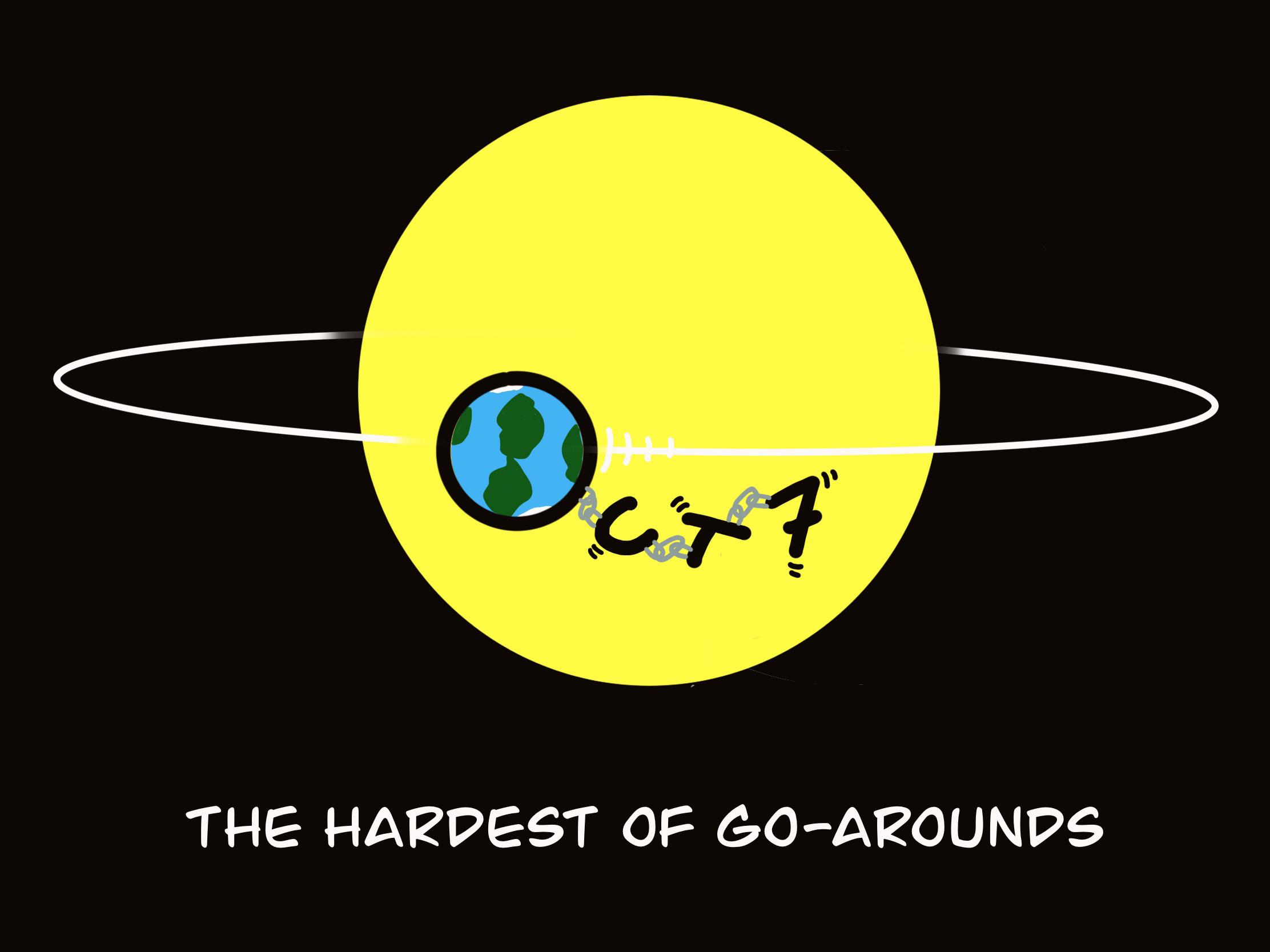
METZORA. Here is a list of some common words (“yes”, we know there are more words in the dictionary that can work, but these words are the most common): TZARAAT, MATZOT, AMAZE, AZOTE, MATZA, MATZO, RAZER, RAZOR, MAOZ, MAZE, ORZO, OOZE, RAZE, RAZZ, TZAMA, TZAR, TZOM, ZERO, ZETA and ZOOM.
Questions/comments, please email Yoni at koshercrosswords@gmail.com
Crossword answers
Friday, Oct 4, 2024 5:42 PM
Shabbat ends, Oct 5, 2024 6:38 PM
Friday, Oct 11, 2024 6:47 PM
Shabbat ends, Oct 12, 2024 7:44 PM
Friday, Oct 18, 2024 6:53 PM
Shabbat ends, Oct 19, 2024 7:50 PM
Friday, Oct 25, 2024 6:59 PM
Shabbat ends, Oct 26, 2024 7:57 PM
opinions, facts and any media content here are presented solely by the author, and The Jewish Report assumes no responsibility for them. It is not intended as advice and must not be relied upon as such. You should make your own inquiries and take independent advice tailored to your specific circumstances prior to making any decisions. We do not make any representation or warranty that any material in the papers will be reliable, accurate or complete, nor do we accept any responsibility arising in any way from errors or omissions. We will not be liable for loss resulting from any action or decision by you in reliance on the material in the papers. By reading the papers, you acknowledge that we are not responsible for, and accept no liability in relation to, any reader’s use of, access to or conduct in connection with the papers in any circumstance. Photographs submitted by individuals or organisations are assumed to be their property and are therefore not otherwise credited. All articles in this paper have received the expressed consent of the author to publish in this paper.
The Jewish Report; ISSN 2204-4639
Publisher: The Jewish Report Pty Ltd (ACN 167302981)
Distributor: TJR Distribution Pty Ltd ACN 165158029
Comments or suggestions to: editor@thejewishreport.com.au
Article submissions to: www.thejewishreport.com.au/article-submission-guidelines
Advertising: editor@thejewishreport.com.au
Website: www.thejewishreport.com.au
Printer: Spotpress Pty Ltd
The 2024 Jewish International Film Festival (JIFF) is set to open with the Australian premiere of A Real Pain.
This darkly humorous and touching drama won the Waldo Salt Screenwriting Award at the 2024 Sundance Film Festival.
Starring Jesse Eisenberg (The Social Network) and Kieran Culkin (Succession), itwill kick off JIFF’s eightweek celebration of Jewish cinema across the country.
A Real Pain follows two estranged cousins, David (Eisenberg) and Benji (Culkin), who reunite for a tour of Poland to honour their grandmother’s memory.
What begins as a journey of remembrance quickly turns into a comical and heartfelt exploration of old family tensions, intergenerational trauma and the diverging paths their lives have taken.
JIFF artistic director Eddie Tamir said he was delighted to open the Festival with such a remarkable film.
“A Real Pain is a poignant and often hilarious reflection on family, history and the deep bonds that persist. It’s a powerful and entertaining way to
launch the 2024 Festival,” Tamir said.
A Real Pain premiere screening will be held on Monday, 28 October at Ritz Cinemas in Randwick.
In Sydney, The Jewish International Film Festival 2024 will run from 28th October to 5th December.
Screenings will be take place at Ritz Cinemas and Roseville Cinemas.
The full JIFF program will be announced on 29th September at a special early screening of one of the other film highlights at the Festival, namely White Bird.
Directed by Marc Foster (Christopher Robin) and starring Helen Mirren and Gillian Anderson, it reveals how one act of kindness can live on forever.
In the coming-of-age period drama, Julian has struggled to belong ever since he was expelled from his former school for bullying.
To transform his life, Julian’s grandmother (Mirren) reveals to him her own story of courage, as a young Jewish girl in Nazi-occupied France.
To book tickets for White Bird, including the full JIFF program launch, go to www.jiff.com.au
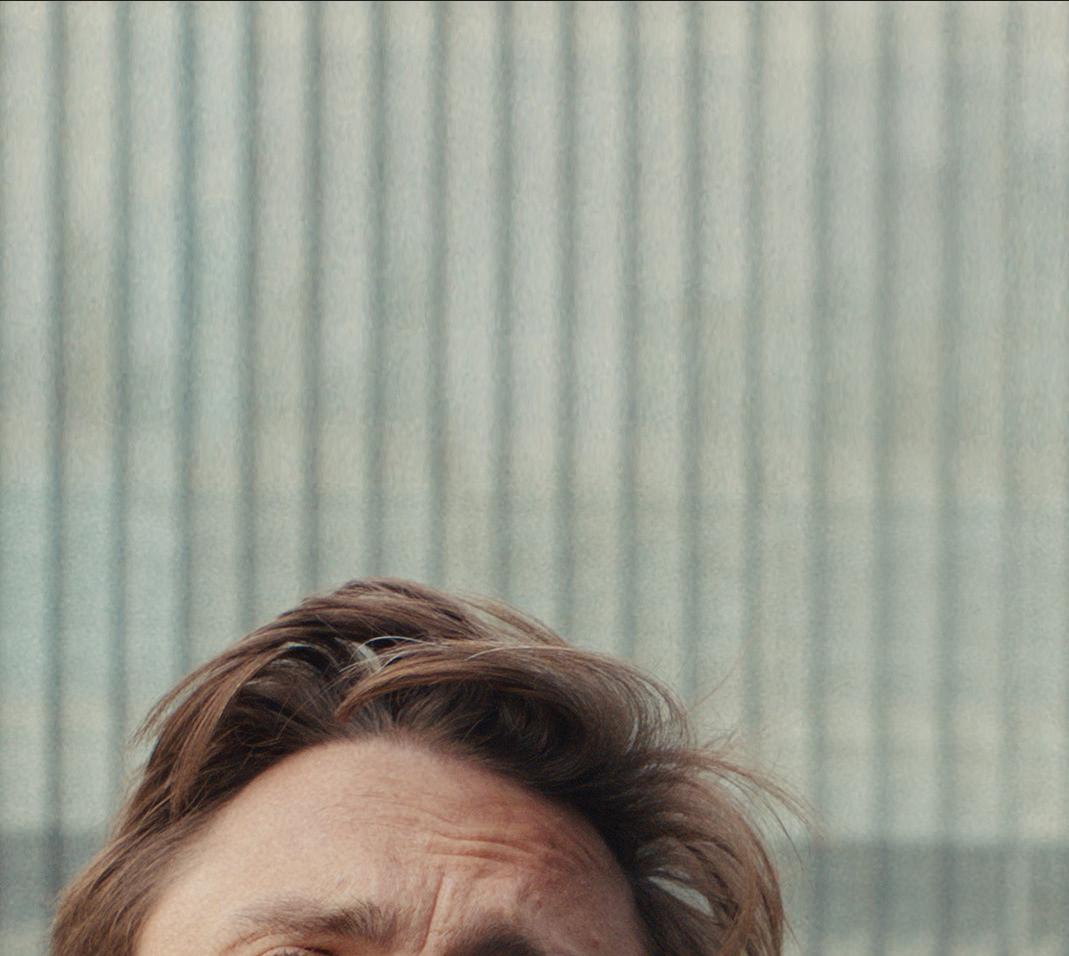
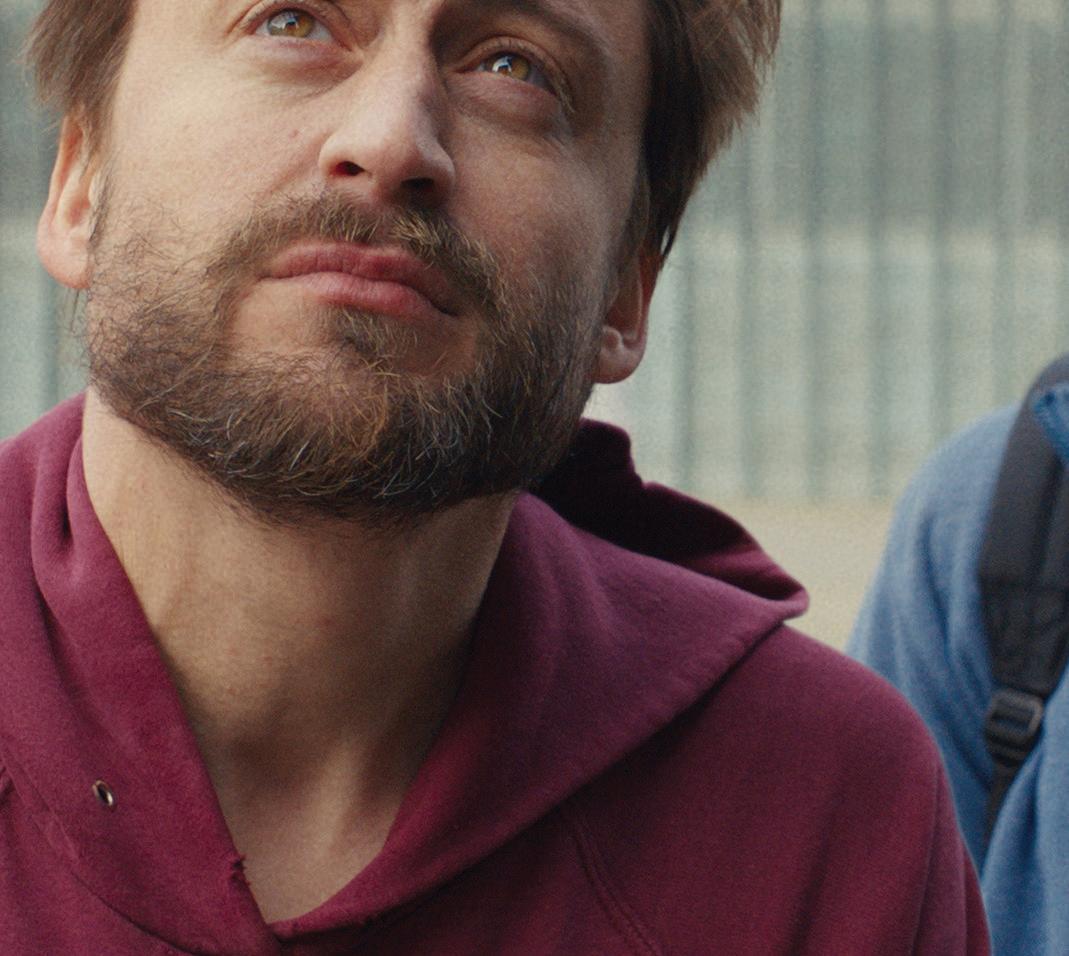
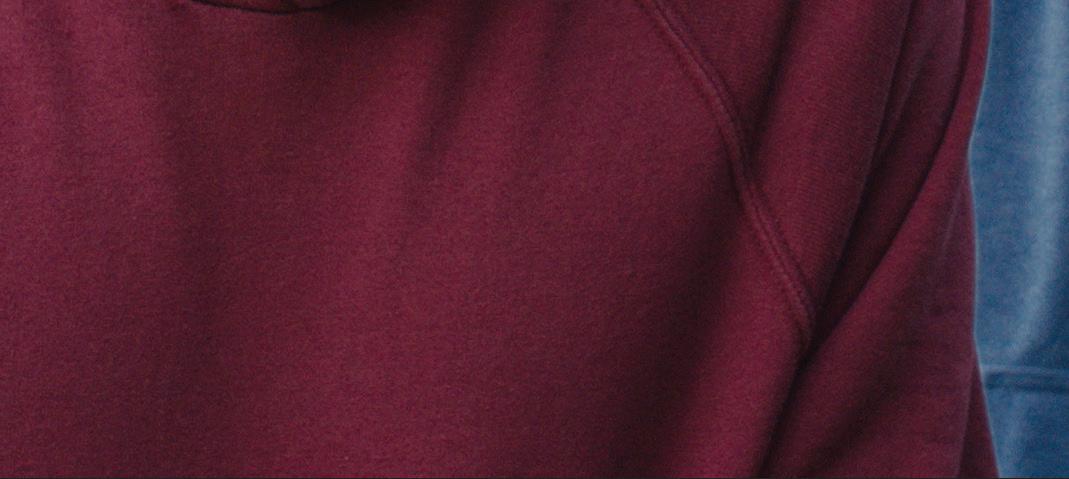

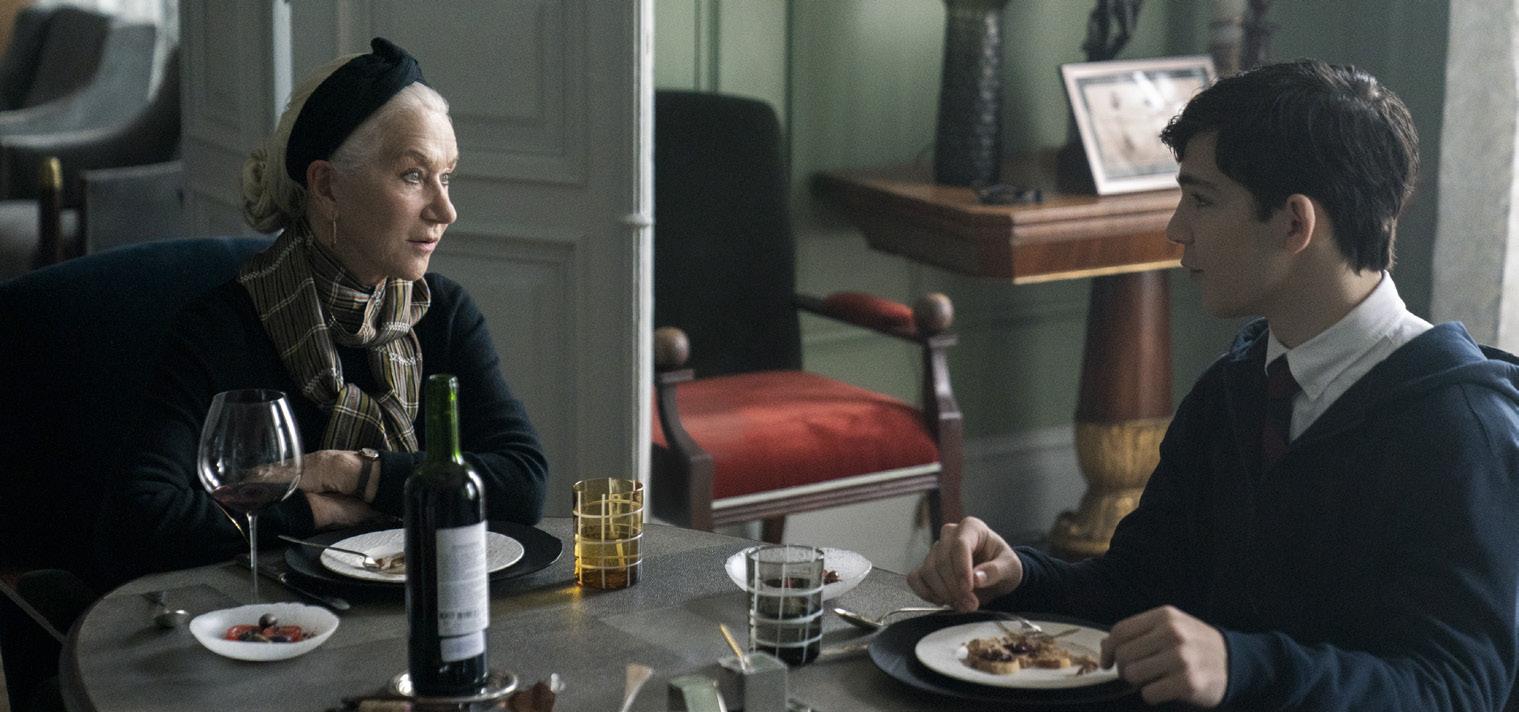
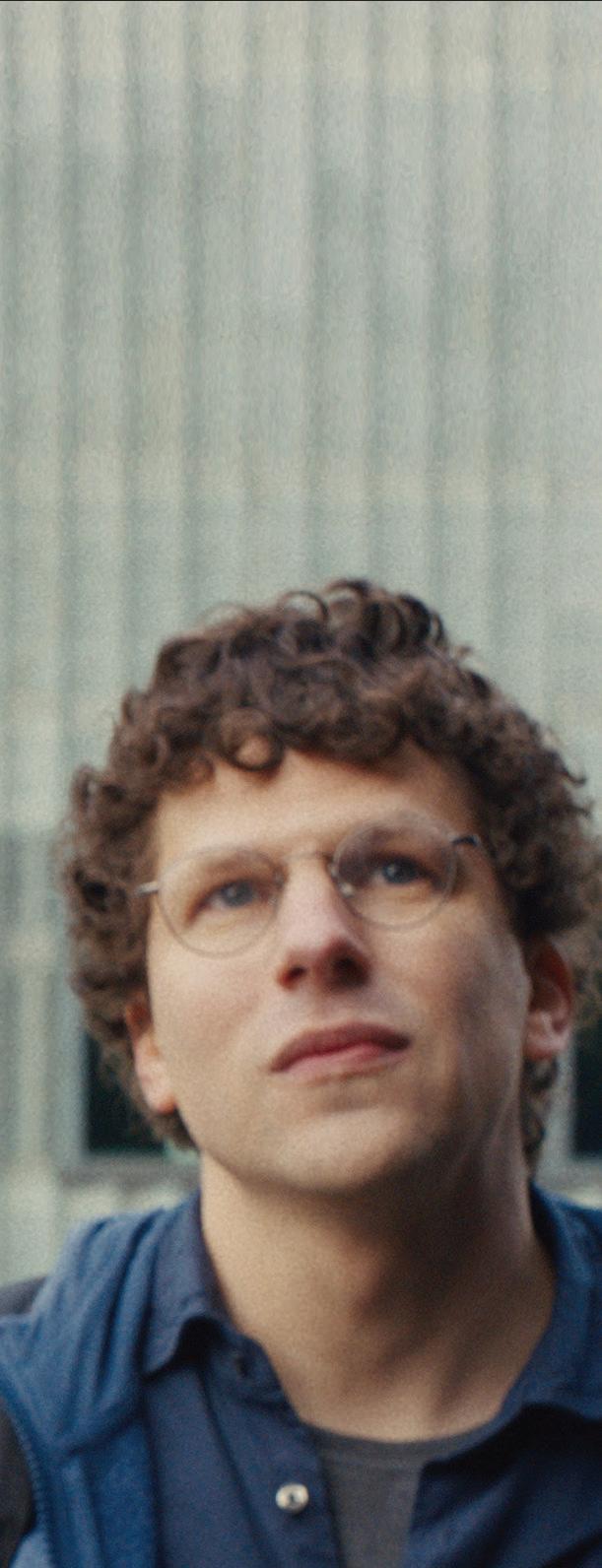
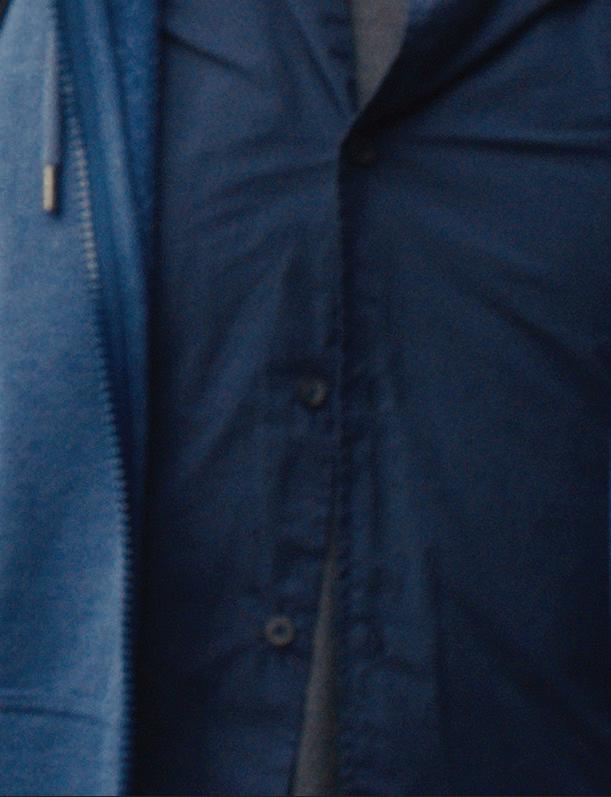
Experience over 40 of the best new Jewish-themed and Israeli films at the 2024 Jewish International Film Festival, screening only in cinemas from October 28.
JIFF 2024 opens on Monday October 28 with the Australian Premiere of A Real Pain.
PLAYING AT —
Ritz Cinemas, Randwick
Roseville Cinemas, Roseville
TICKETS ARE NOW ON SALE JIFF.COM.AU
After two lauded seasons in Melbourne, Isaac Bashevis Singer’s Yentl will be performed at Playhouse at Sydney Opera House from 17th October.
The Sydney Jewish Report spoke with Evelyn Krape, who plays an ever-present malevolent force in the work.
So, what's it like to bring this production to the iconic Sydney Opera House?
I'm hoping that I don't just stare out of the window at those fabulous sails and end up forgetting about what I'm really supposed to be doing. I mean, what a privilege to be playing in a venue that has so much history and so much iconography surrounding it. And to be doing Yentl, a play in both Yiddish and English, in this amazing building, I think will be quite exciting and challenging and I'm really delighted to be part of it.
How was this production received during its Melbourne seasons?
I think the audience was gobsmacked by our production. I don't think they were expecting something that was set in the 1870s to be so contemporary in feel … so powerful and affecting. There were many people, not just Jewish who were moved deeply because it resonated so much with what is happening today.
What are the themes in Yentl that make it such a classic?

Well, on the surface, Yentl is about a young girl who studies the Torah, which was seen as the domain of men. Now what's interesting is that in today's age, not only can girls study, but we have rabbis who are women. What makes this story special is that this is a young girl who transgresses. She leaves her father's home and hits the road as a man. She becomes involved in a relationship with a young woman and she becomes involved in a relationship with her male study partner. She falls in love with both.

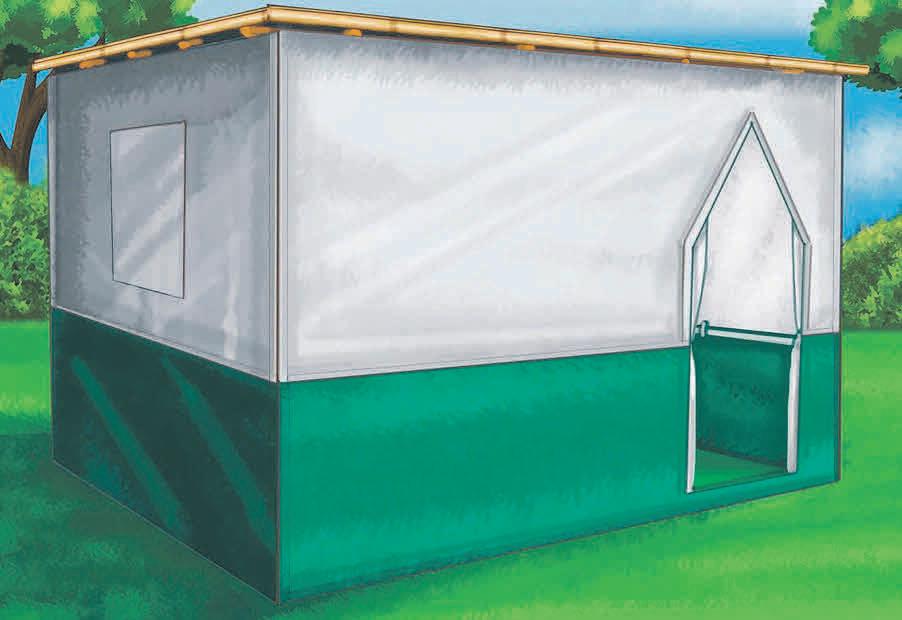
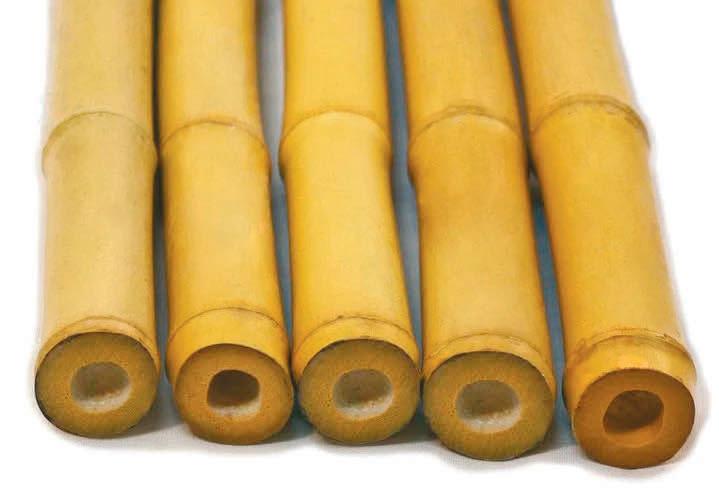
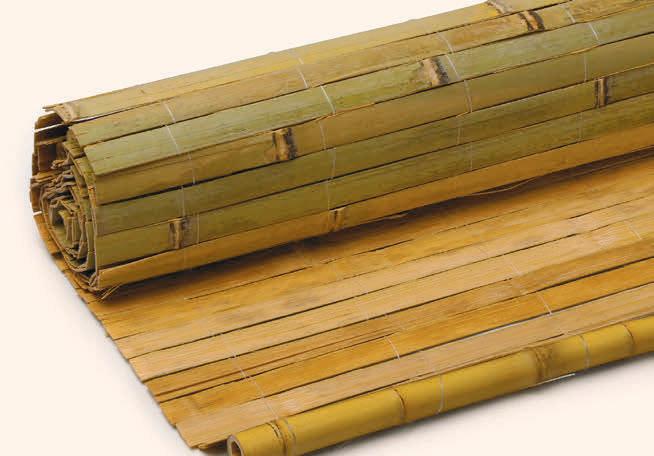
Having transgressed, she unleashes forces that are so destructive that it's like Vesuvius. It explodes. It implodes. And how that happens, why that happens, is really the ultimate story of our production.
What’s the significance of Yiddish in Yentl?
There’s so much Yiddish in common vernacular! Largely because of comics like Danny Kaye, Jerry Lewis, the Marx Brothers and you can go on and on and on with all of the American, particularly male comics, who used Yiddish as part
of their shtick. Now, what Yentl does is explore Yiddish as a most complex language because when you do that you get to the very heart of what learning is. Because when Yiddish is used, as a way of thrashing out ideas, teasing out information, it does it in a way that is so deeply embedded in your soul, in your body, that it takes it to another level.
Tell us about your character in Yentl. My character is called the “evil inclination”. Now, evil inclination didn't exist in Isaac Bashevis Singer's story as a character, but what does exist there that we needed to grapple with in our production is that Bashevis Singer's knowledge and world view is based on the kabbalah (Jewish mysticism).
So, all the ghosts and the dybbuks, and the evil inclinations that filled his work, we drew into one character, and that character is me, somebody who is there as part of Yentl's psyche, saying to her/ him, keep going … follow what you want to do. Don't be put off. I'm not as benign as that. I'm often quite provocative and leading her the wrong way, directing the action, directing her traffic, in a way in which she builds and breaks and destroys her relationships with Avigdor, the young man, and Hodes, the young woman.
For bookings, go to www.yentl.com.au

